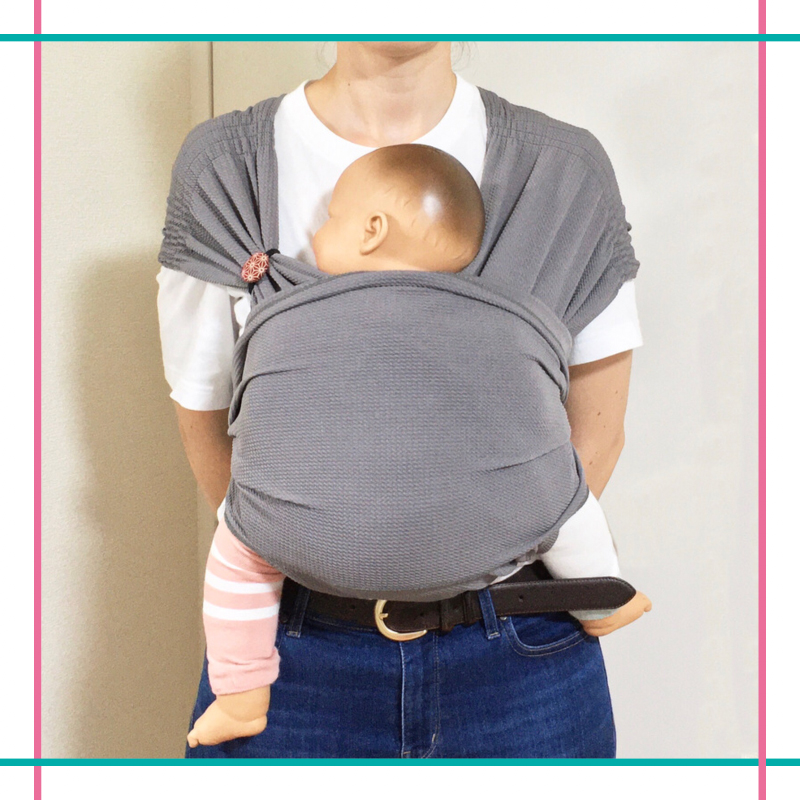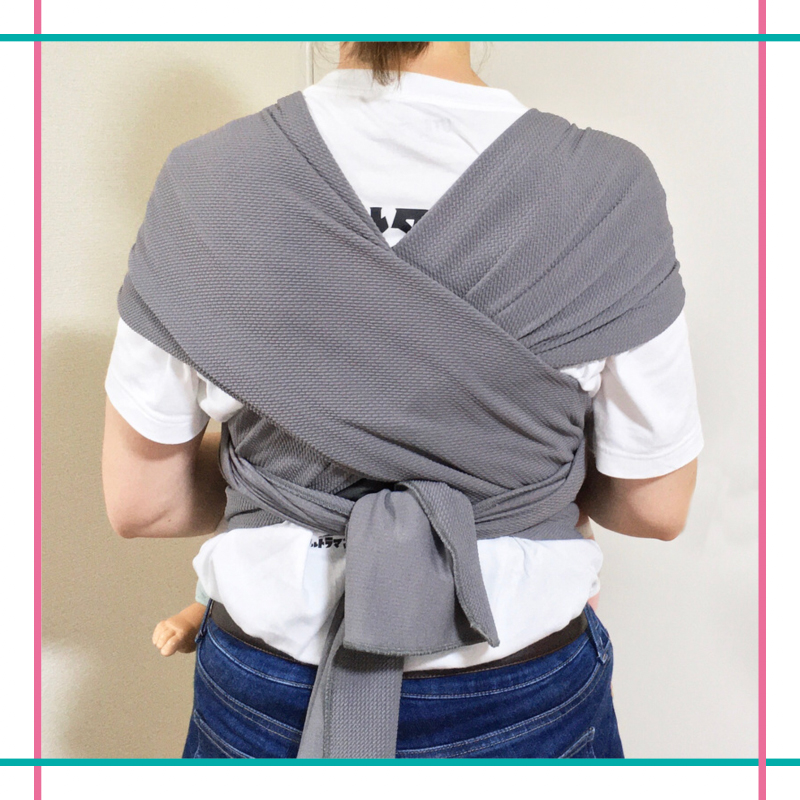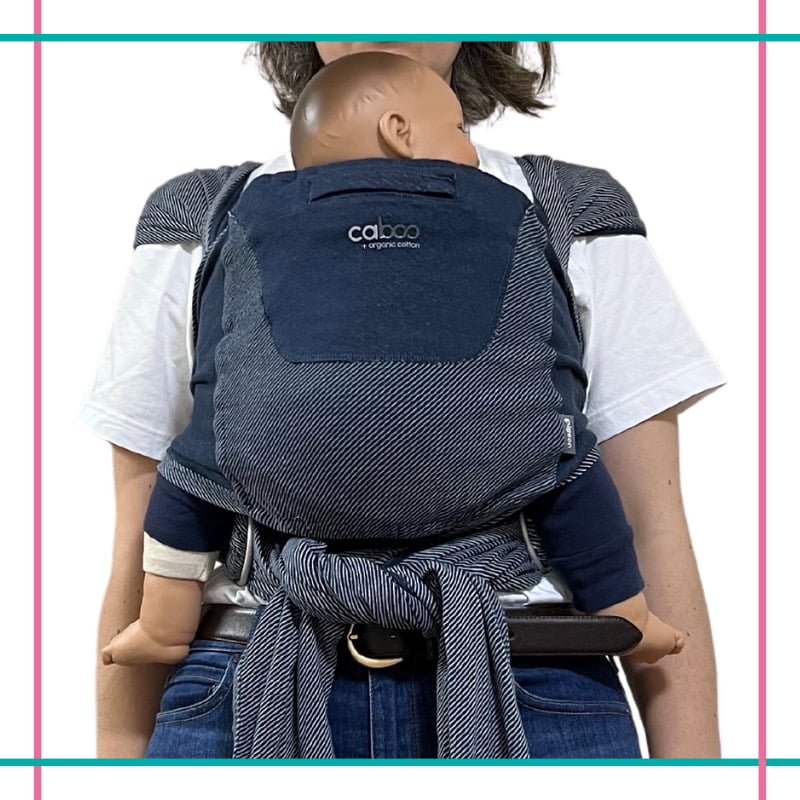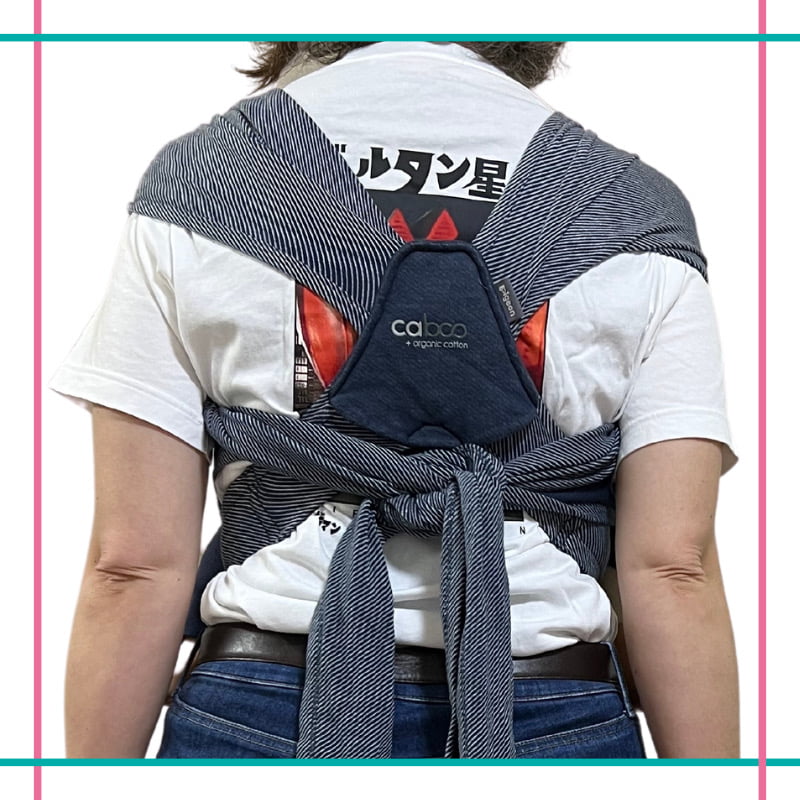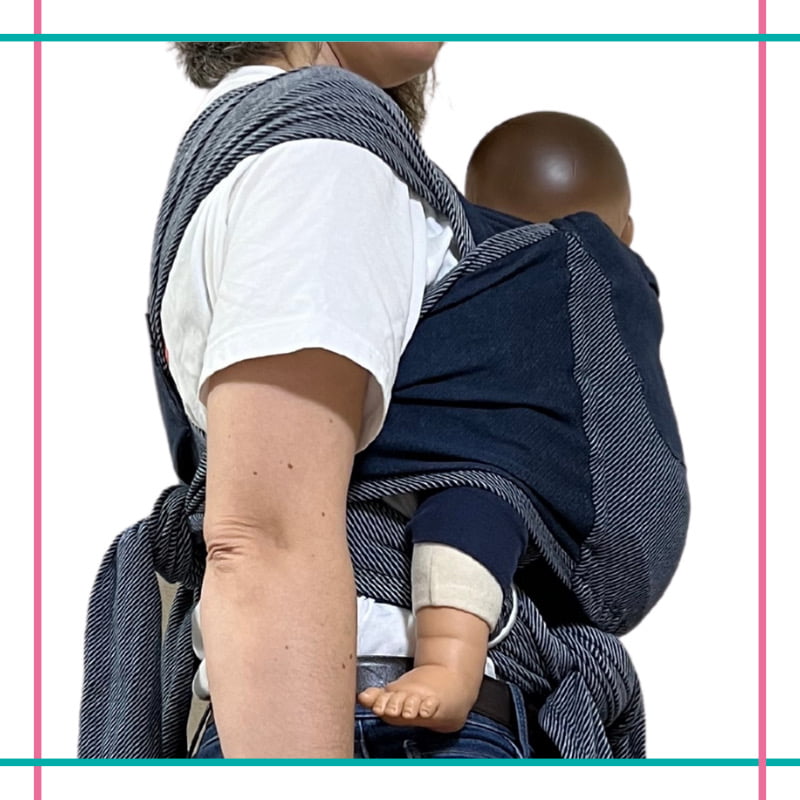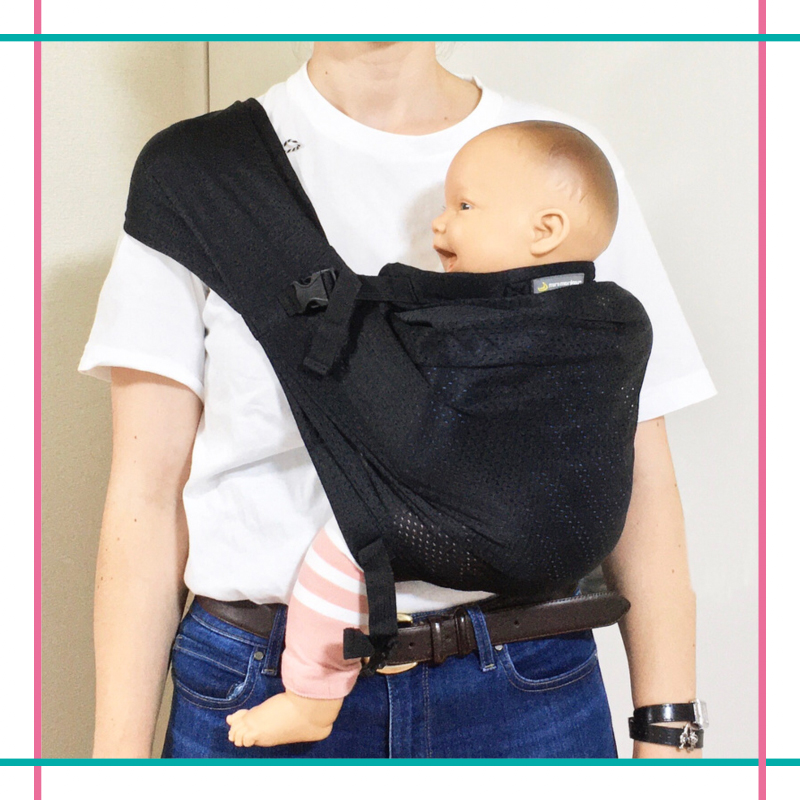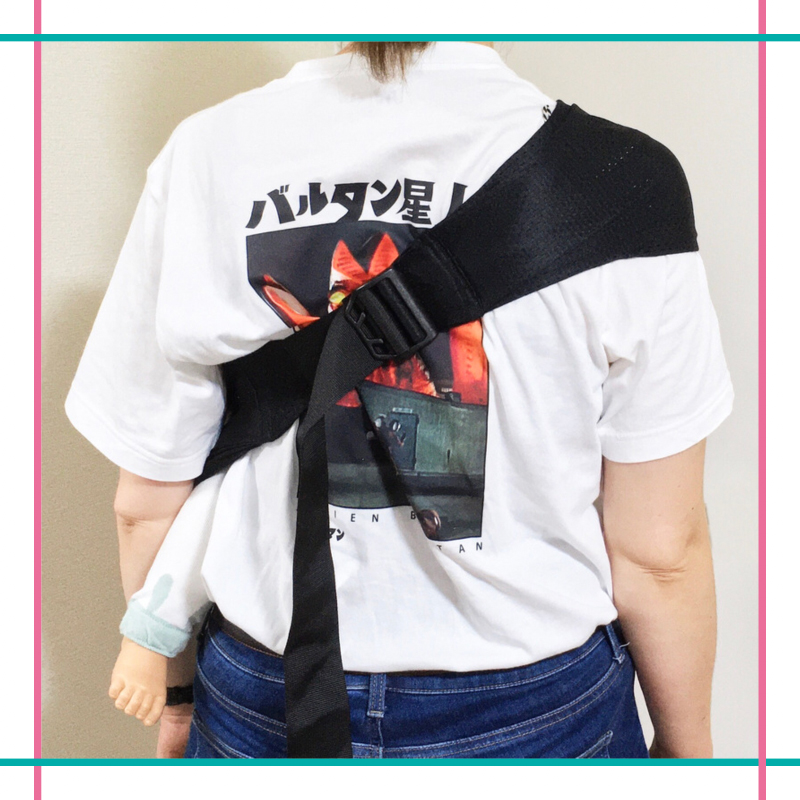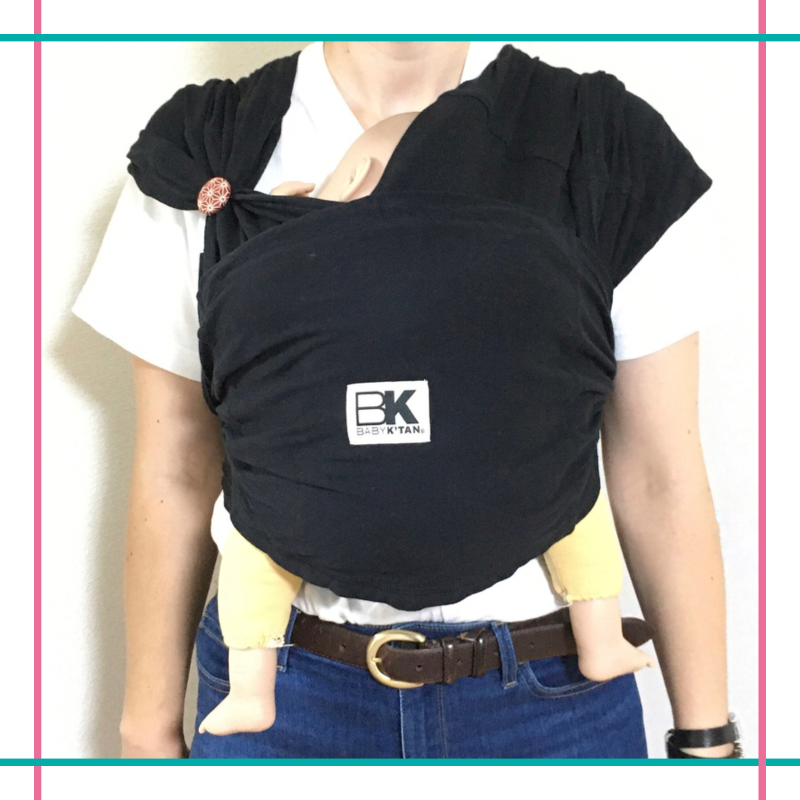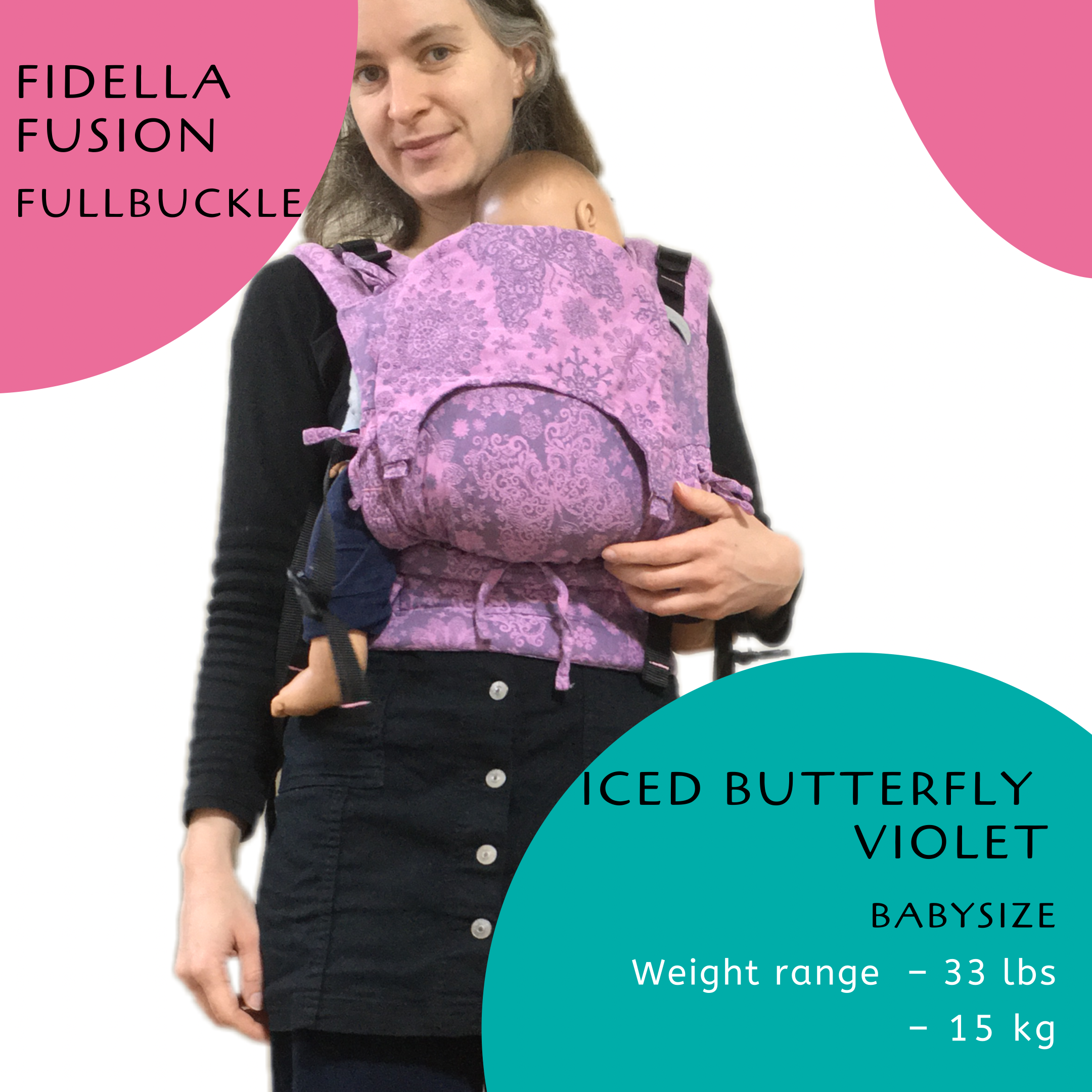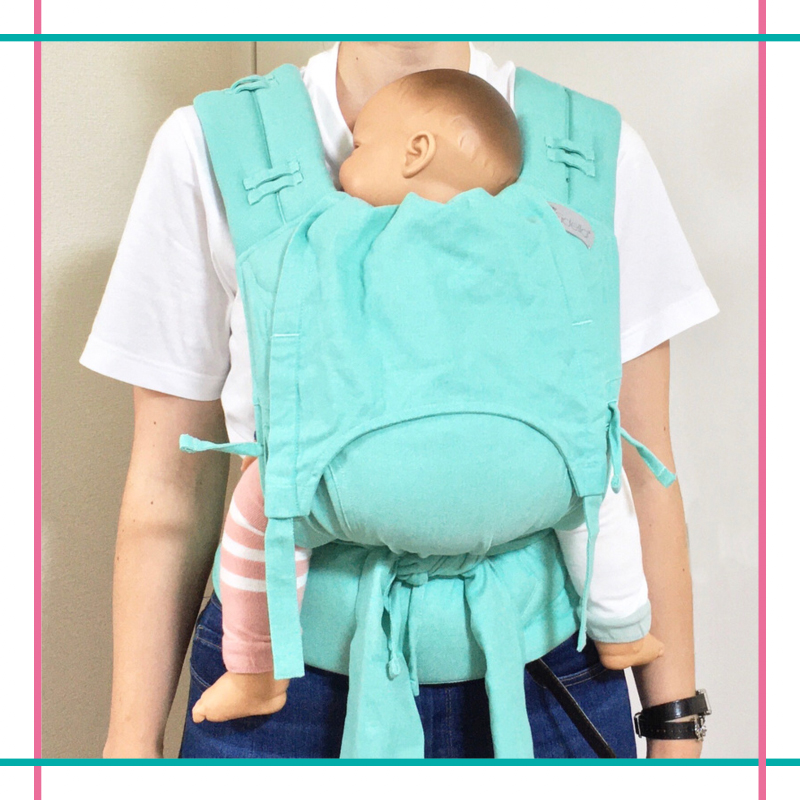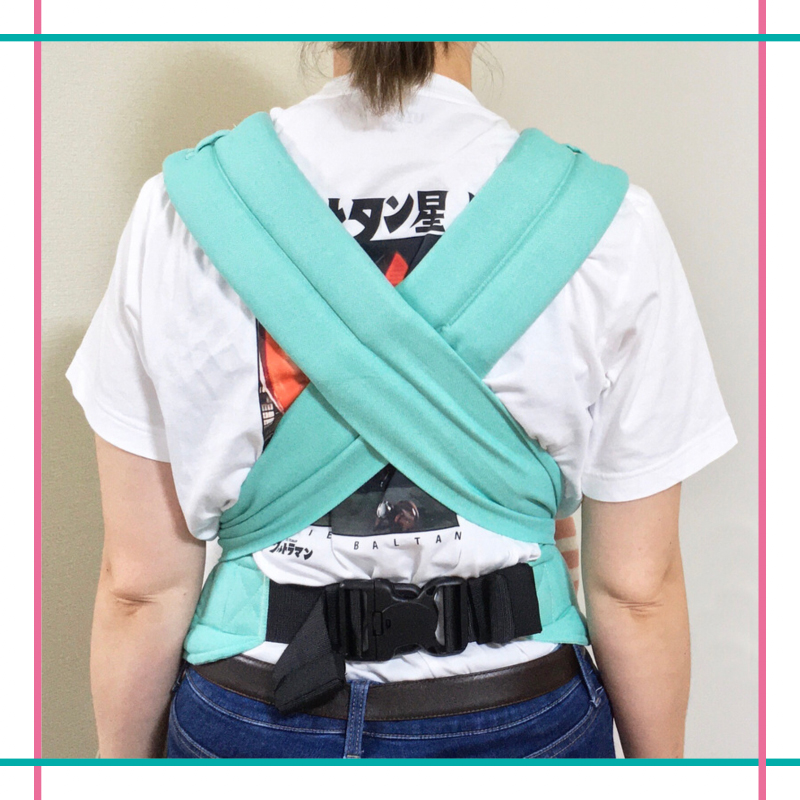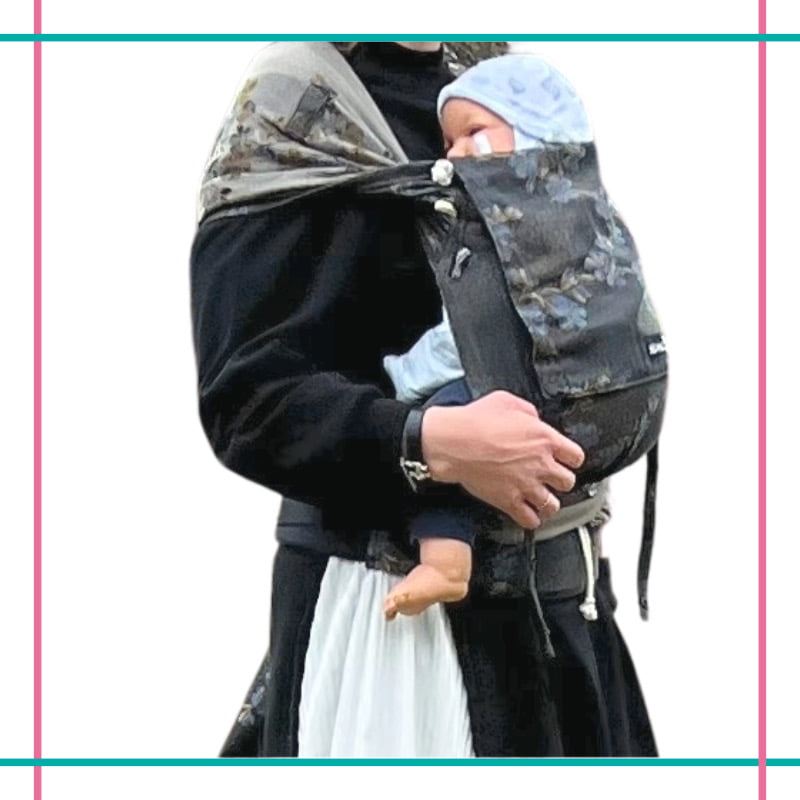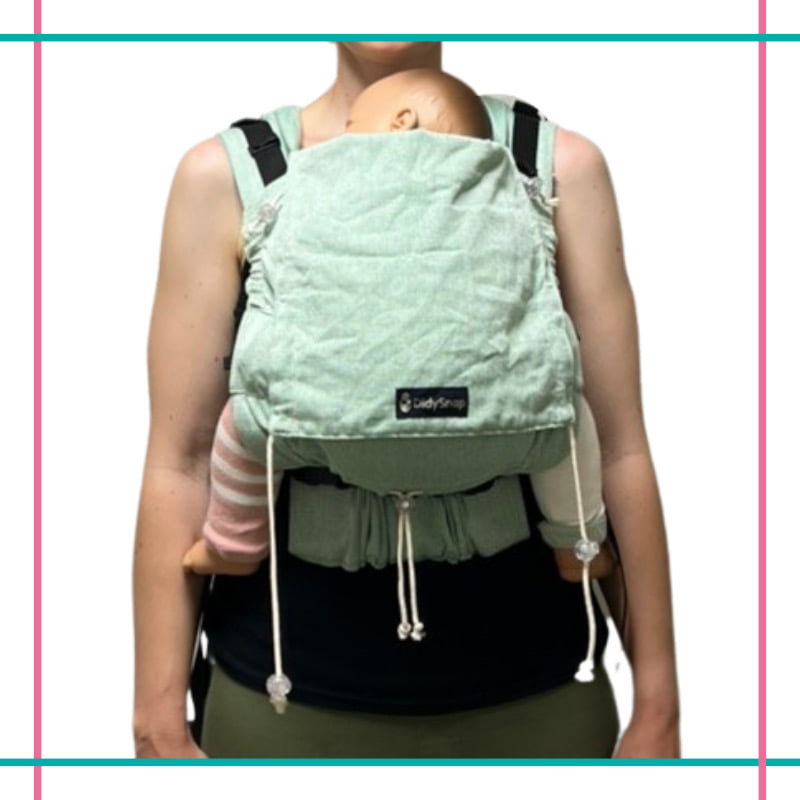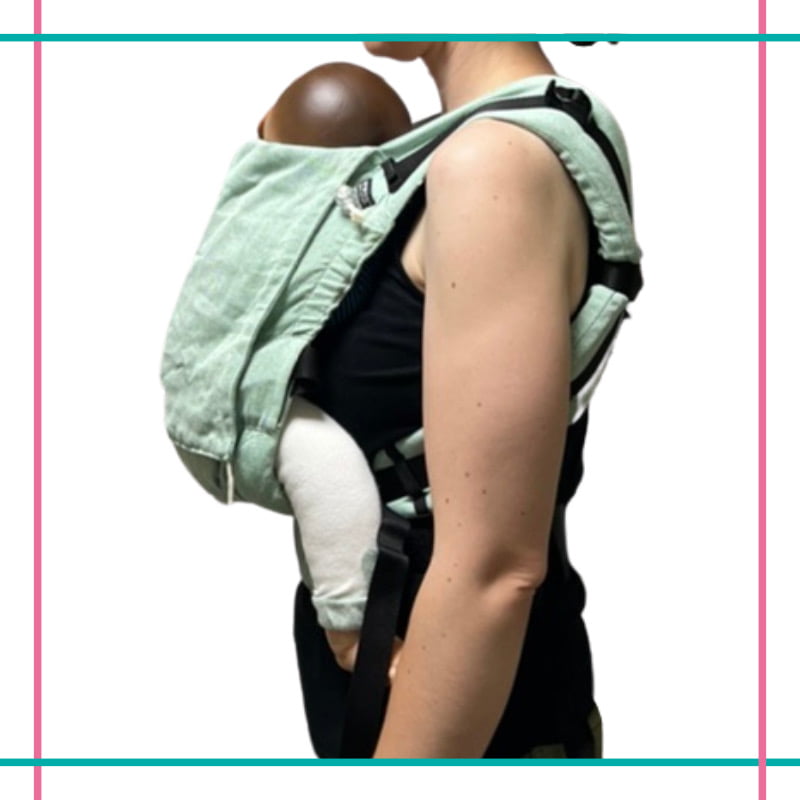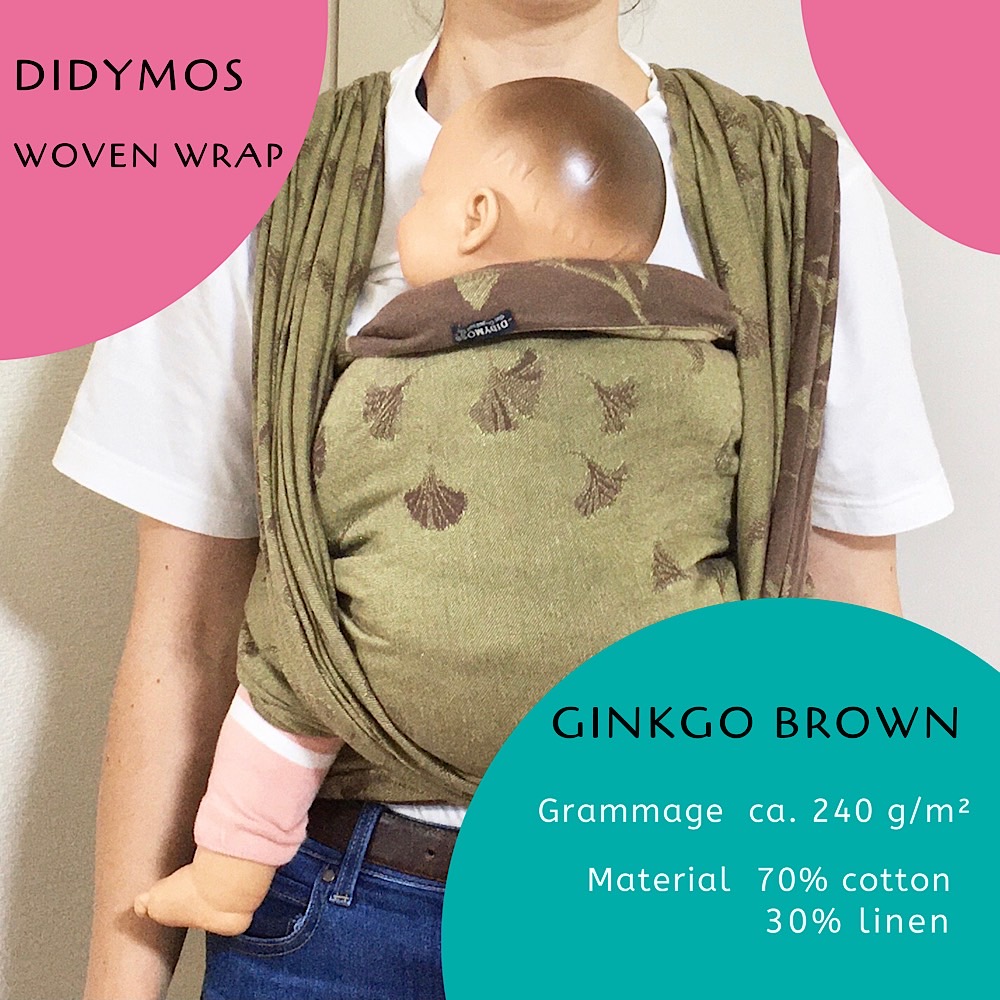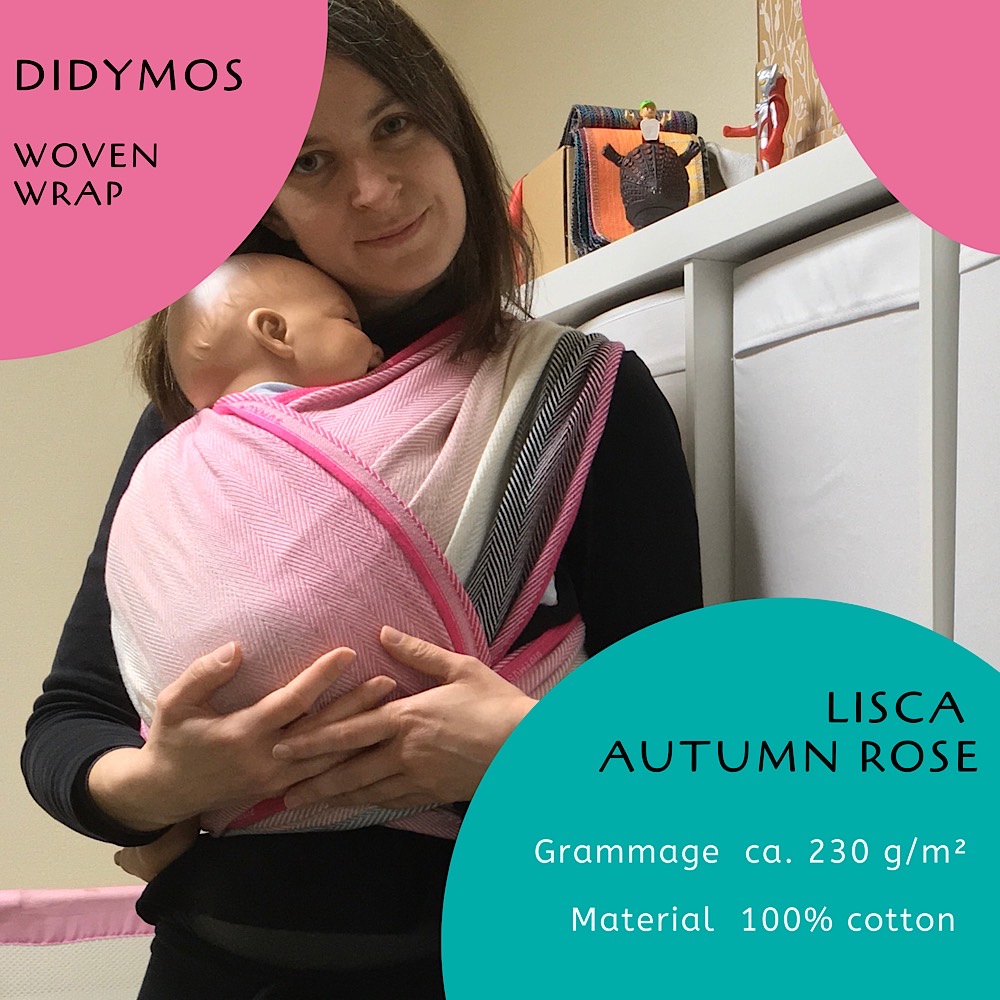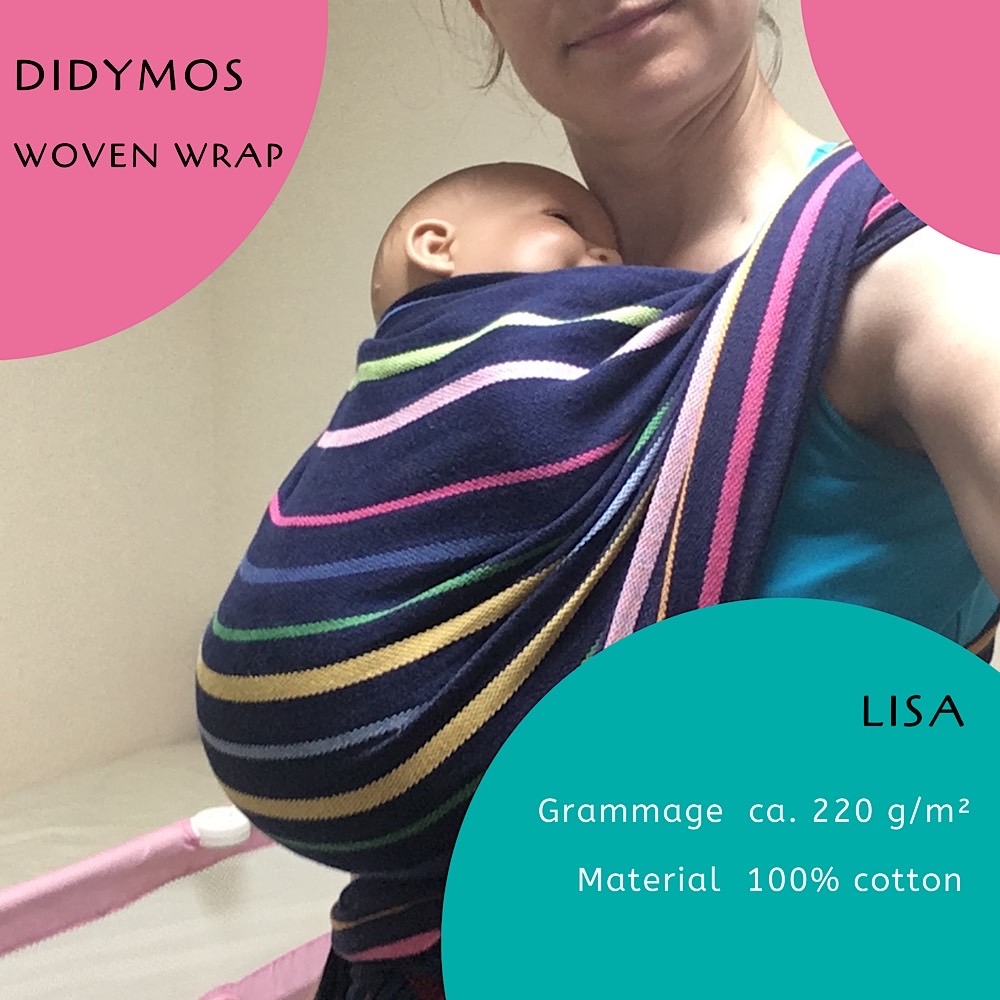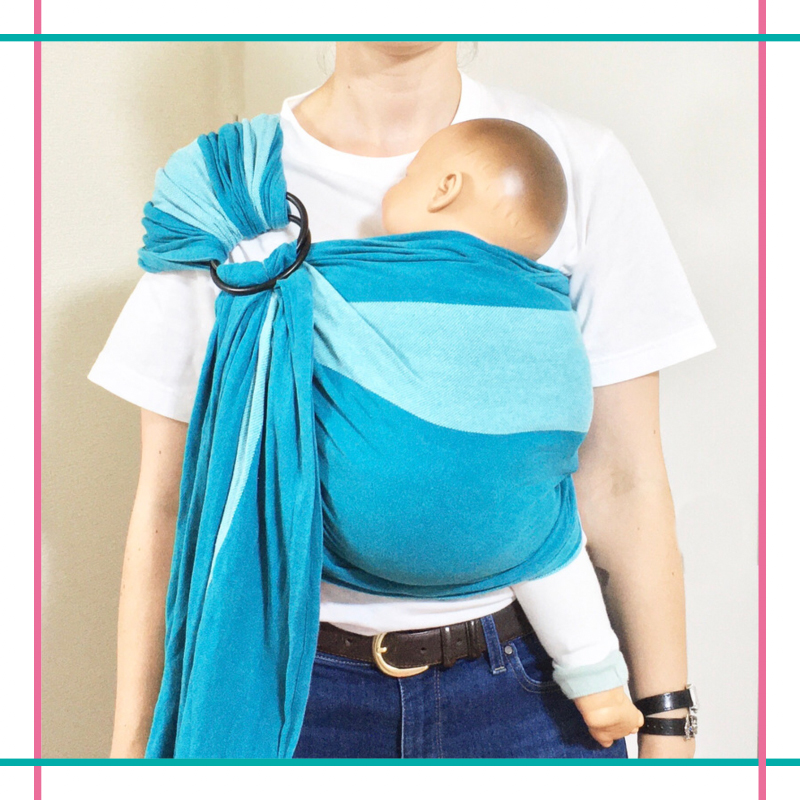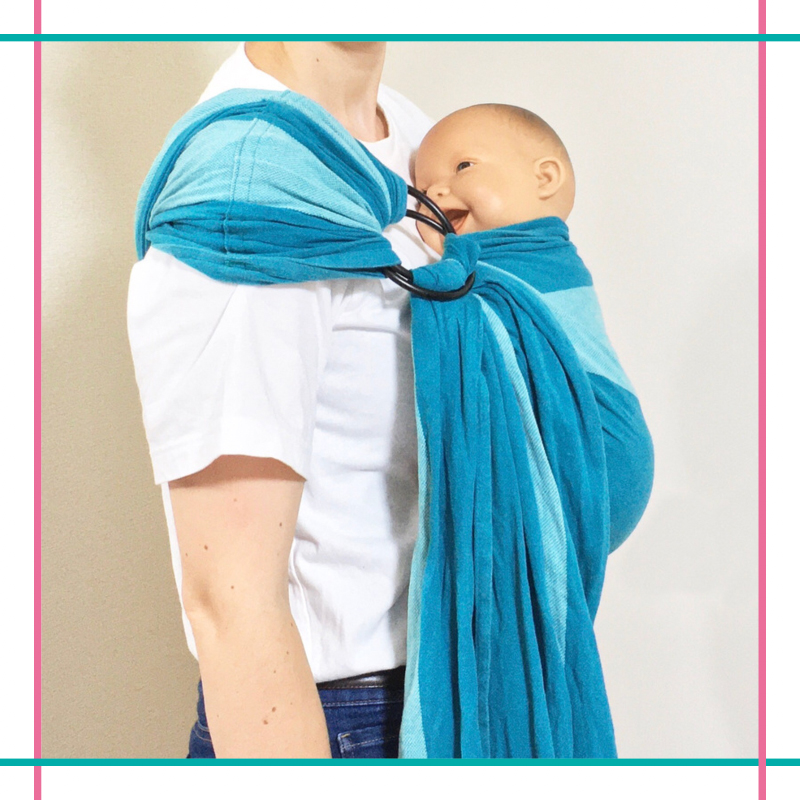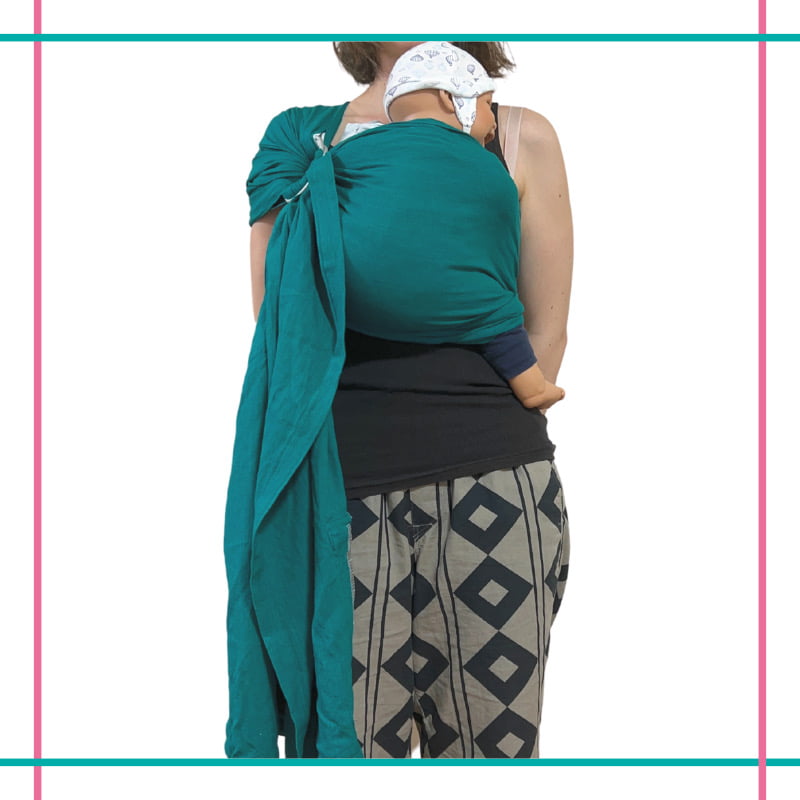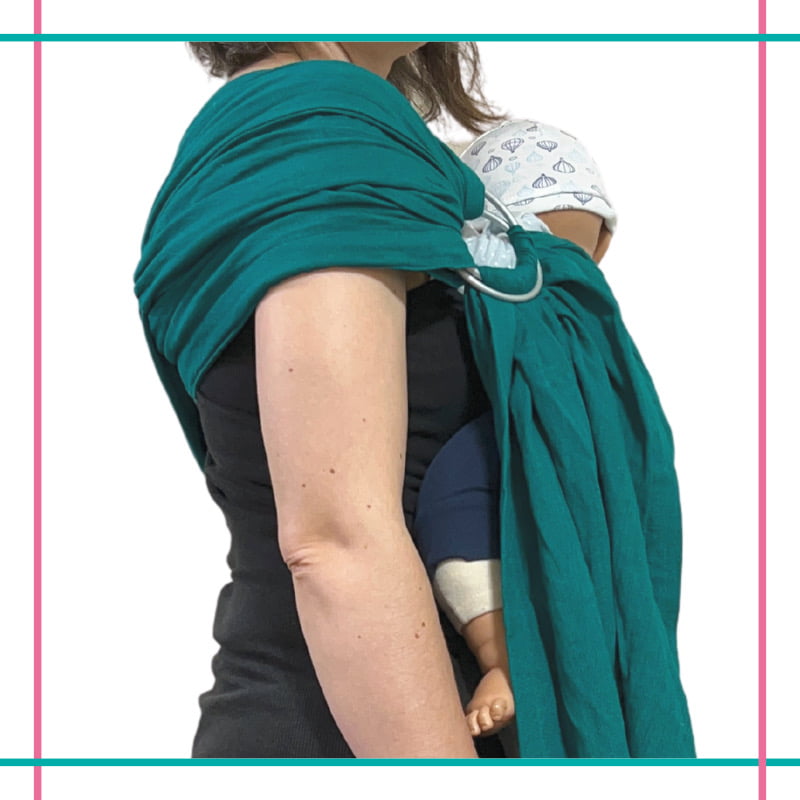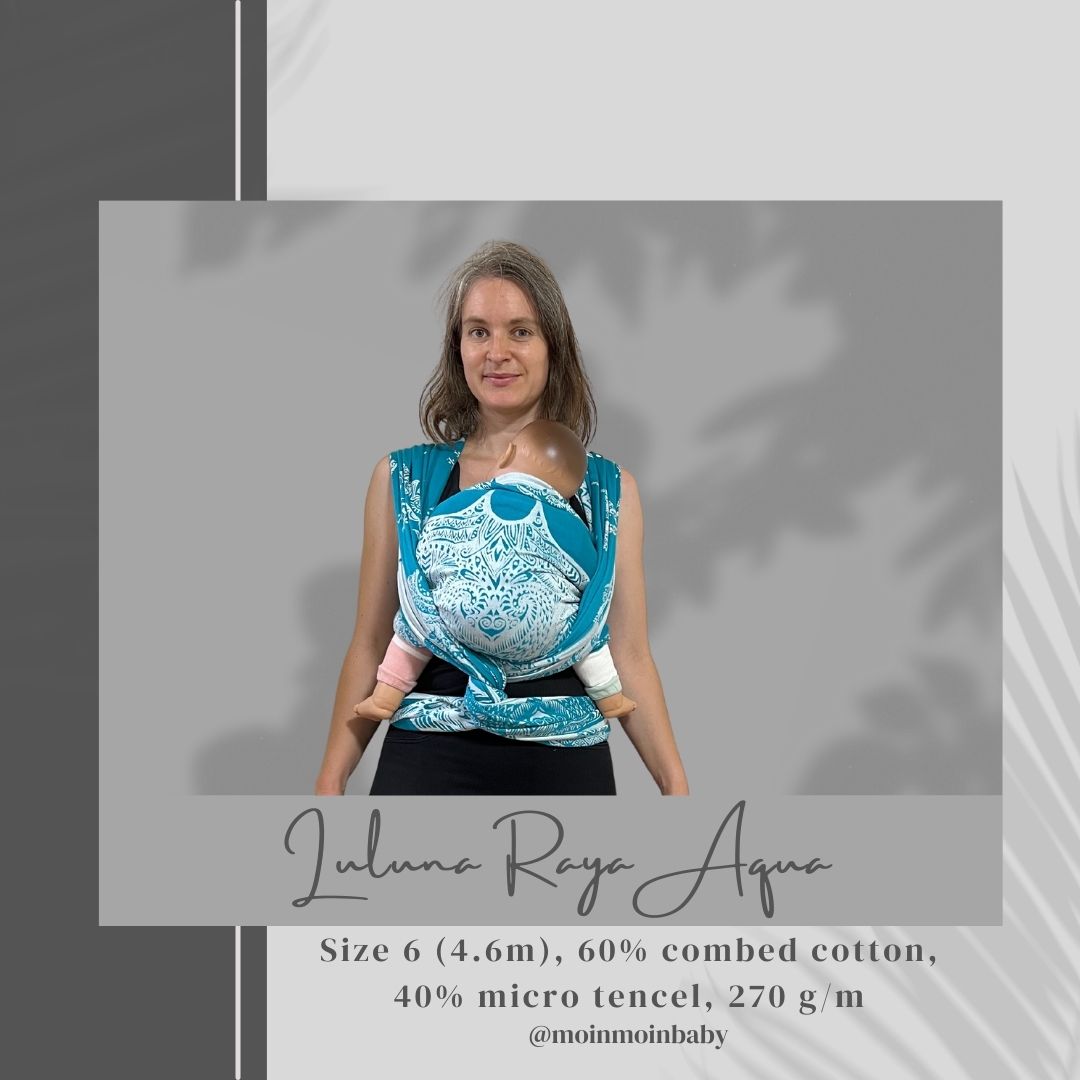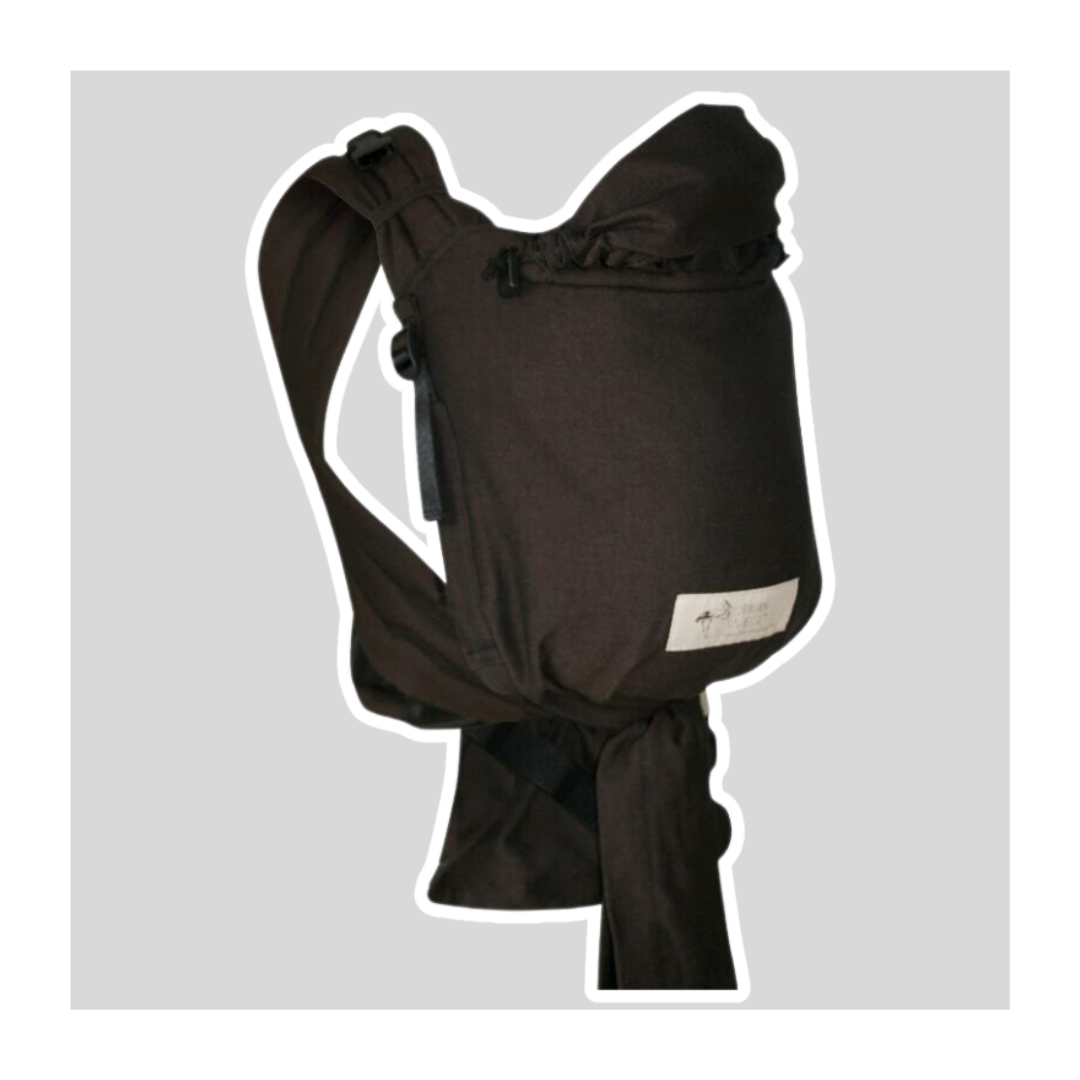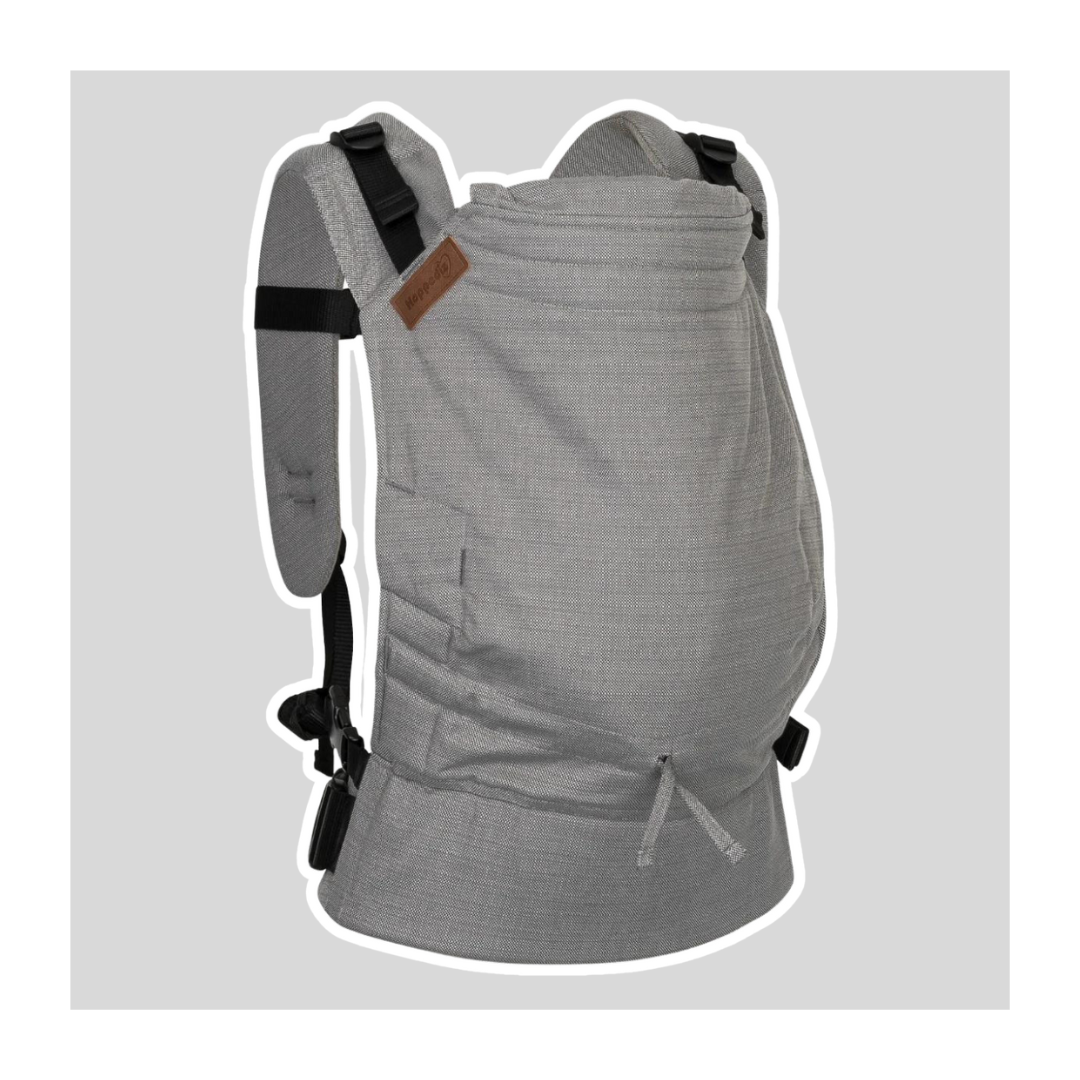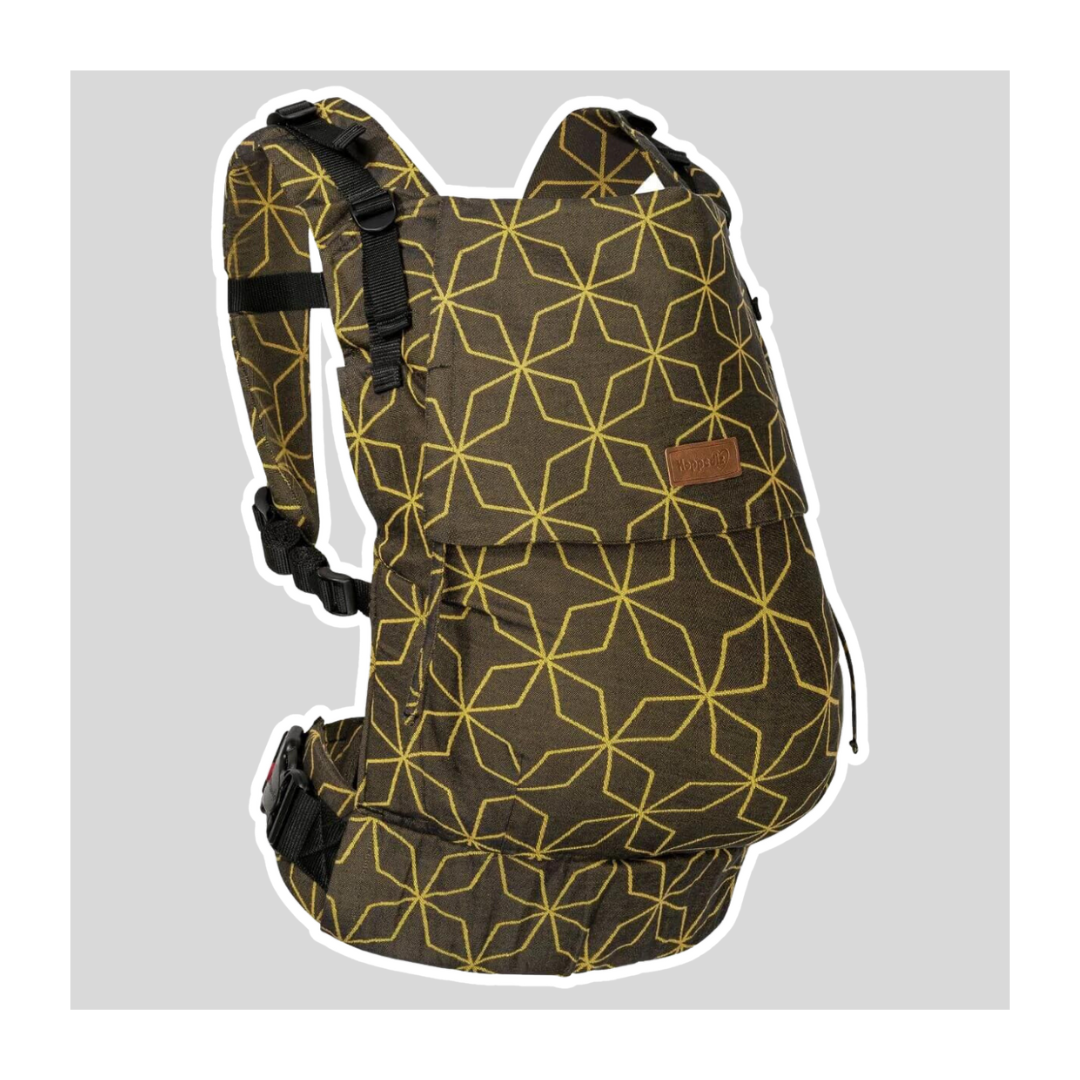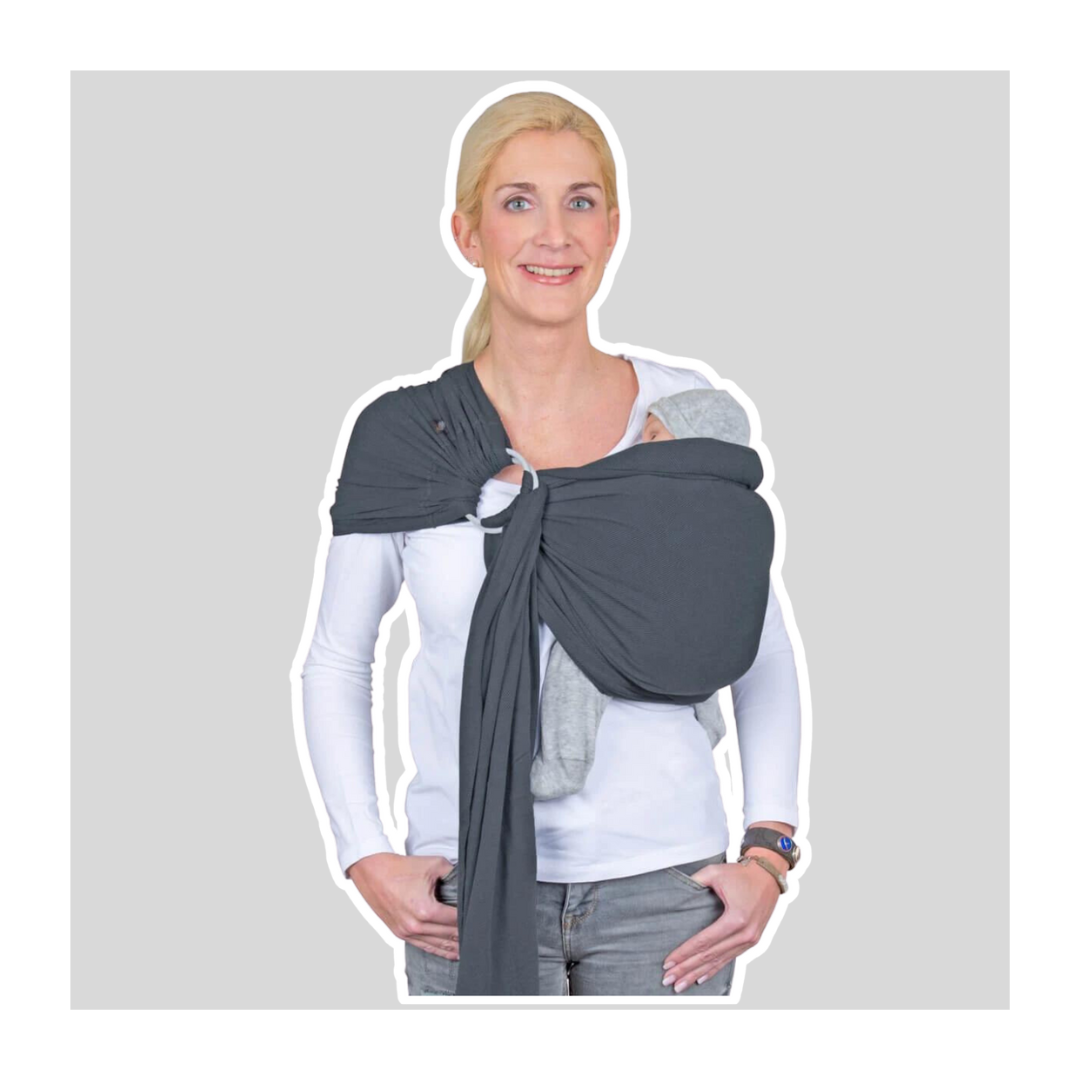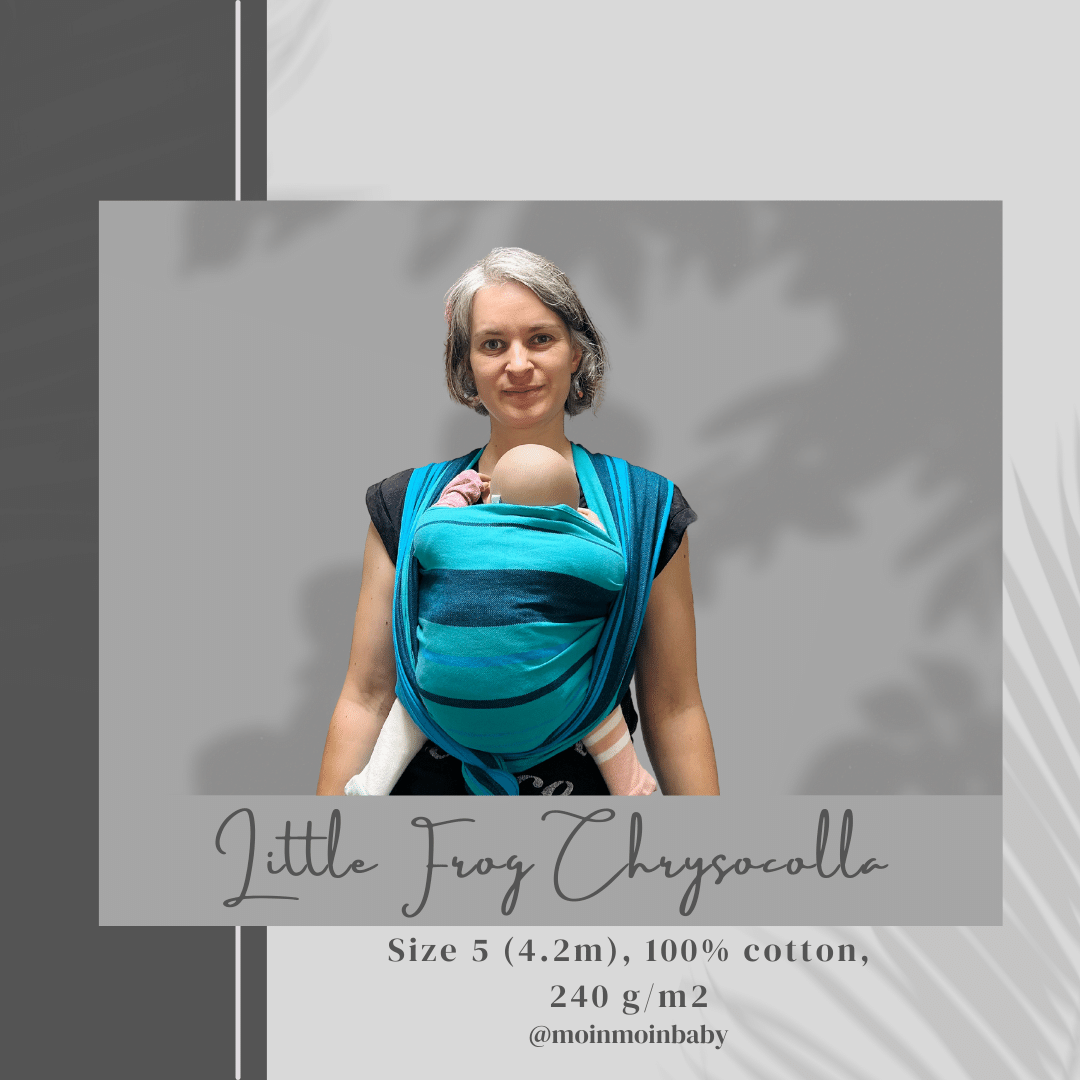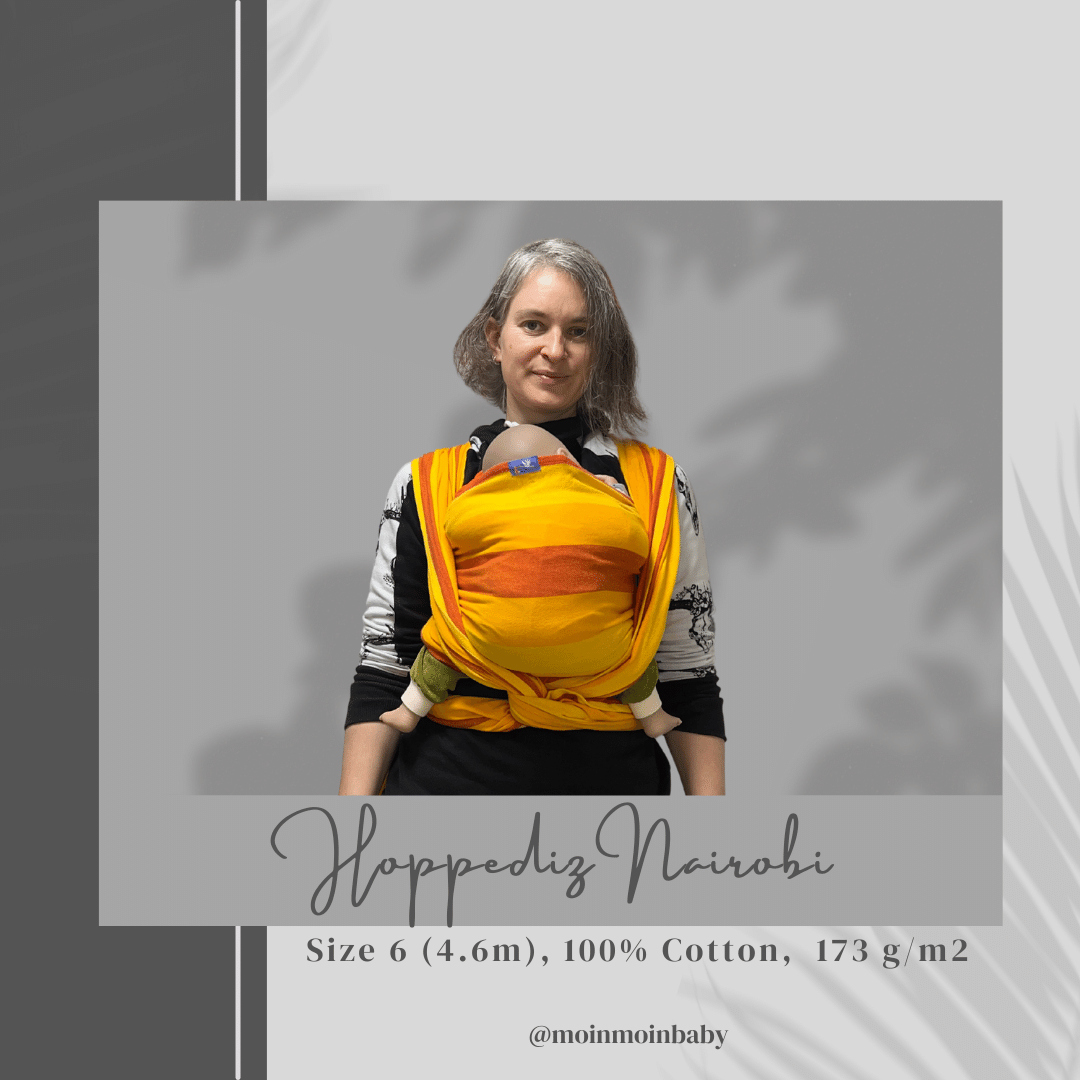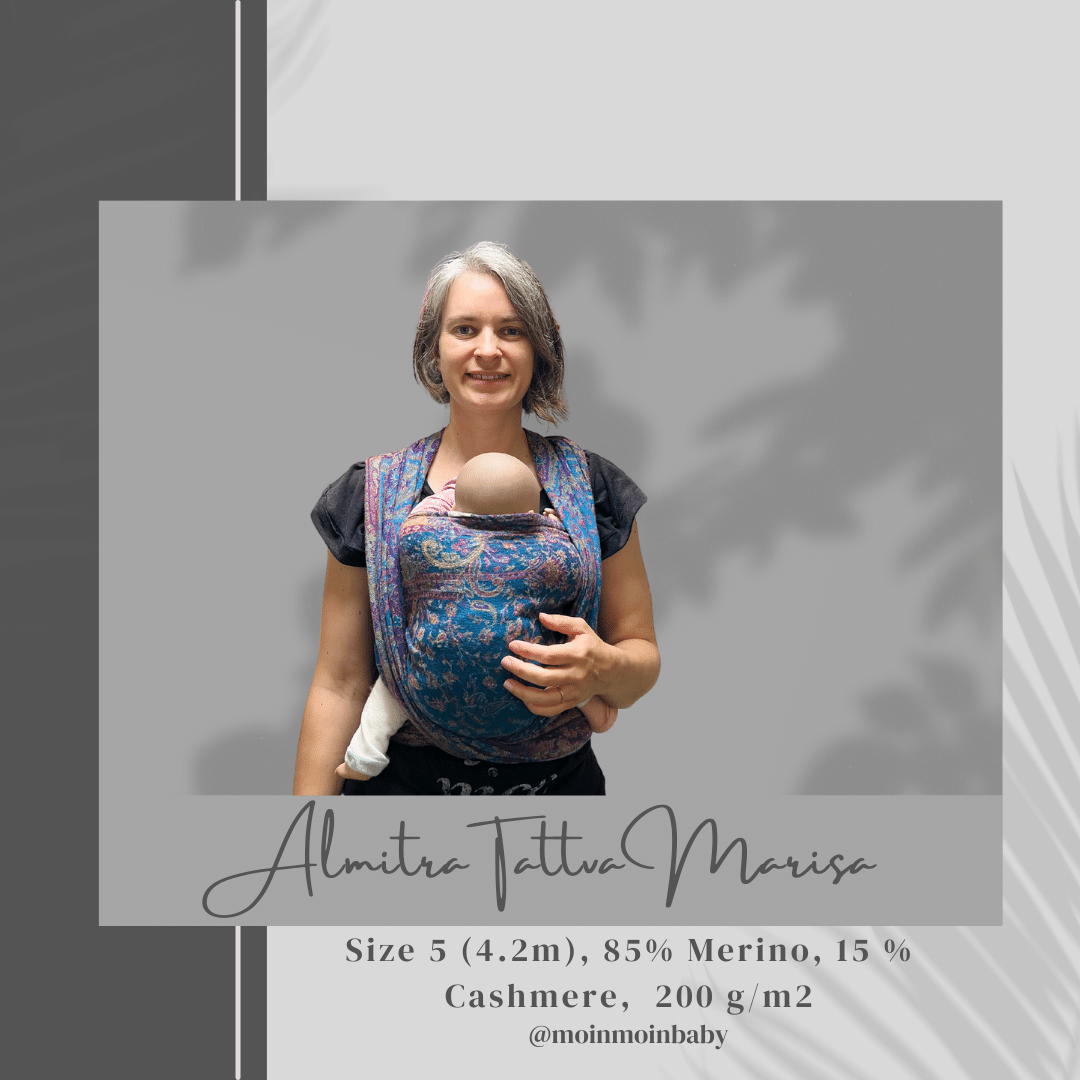Why you shouldn’t seat your baby passively before she can do so by herself
Baby’s developmental steps follow a natural scheme that’s almost identical for all babies.
When it comes to motor skills and physical development, babies need to train their muscles one after the other and every step is important for the next milestone.
Baby's development
While we actively help our babies to gain neck control by including tummy time in the daily routine, for all the next steps we can’t do much more than making the baby’s environment safe and allowing her to try things by herself.
Your baby will start by exploring her hands and feet, training her coordination of eyes and movements.
Moving the arms and legs will train muscles, as will tummy time and babywearing.

Usually, a baby will roll over when trying to reach something that is sideways ahead of her head. We can place something interesting there to promote the will to stretch and get the item. But we shouldn’t bring a baby in the other position to help get the item. When not able to reach it, it is possible that the baby will get frustrated and cry. This, however, actually is an important drive for the baby to try again and again. If we bring a baby into the wished position, the drive is gone and the baby may not continue to try to do it by herself thus, the important muscle training isn’t happening anymore.
When we help too much or are too protective
By bringing a baby into a position she can’t get into herself, she will either not be able to get out of this position by herself (promotes stool sliding in case of seating), will need longer to learn how to do it by herself, and it can take longer for reaching the next milestone. By „helping“ the baby, parents actually hinder the development.
What also can become a problem is that baby is not learning how to get in these positions in an efficient and healthy way which can be a cause for accidents (like the stool sliding).
If a baby is not training her muscles by holding her body up by herself, it will be harder to stand up and walk.
Also, if your baby already has a back imbalance like leaning to one side, putting her in a passive seating position can make this worse.
We all know that prolonged sitting on a chair, for example in an office, is not good for our bodies. Yet, many people bring their babies unknowingly in such a situation. Even though their tiny bodies are still not developmentally ready to hold the weight.
When baby is demanding
I know it is hard when a baby is loudly demanding a position from where she can see the world. So here are some ideas on what to do and exemptions when seating is ok.
When introducing solids before baby can get into a sitting position by herself, which is usually the case, don’t put her in a chair but hold her upright in your arms in a leaning position. This will prevent choking while you are supporting her back.
If this isn’t working for you, a short time in a chair with foot support is ok when the baby already has good control of the upper back and isn’t sliding to one side.

For short forward-facing carrying moments in your arms while baby is leaning on your chest. (Supporting the back is important!)
Bouncers: everything that holds your baby in a semi-upright position is controversially discussed but I think it’s ok to use them if it isn’t for a long time.
Car seats: By now, it is well-known that babies should never be in a car seat for a prolonged time outside a car. Of course, a few minutes grocery shopping when baby fell asleep in the car seat is no problem. Also, when you can be sure that baby will wake up very soon after arriving home, it’s no problem to let your baby end the nap in the car seat. However, car seats are no substitute for a stroller or baby carrier! Your baby is awake when you parked your car for shopping? Get your baby in the baby carrier or stroller.
☆ For the development, being free to move on the floor is best. Carried upright has a similar outcome but is not as efficient as floor time.
☆ Try a hip carry around the house if the baby wants to see what you are doing and being on the tummy isn’t an option. For example when vacuuming or preparing meals.
☆ Also, try back carry!
☆ When you are out with a stroller and you can make it flat like a bassinet, try to put your baby on the tummy while opening the hood at the front part (it’s possible with many strollers for airflow).
☆ Forward-facing in a carrier isn’t the best option because of various reasons. The biggest is the risk for overstimulation which causes stress and we all know that stress is evenly bad as prolonged seating at the office
☆ Avoid all seating aids like bumbo chairs, high chairs, walkers, jumpers, etc. as long as your baby can’t get into the position by herself. This means chairs from when your baby can sit up by herself (between 6-12 months), and walkers, standing aids, etc. from when your baby can already walk by herself without any help. Use chairs never for a prolonged time to get your child “out of your way”.
Yes, it’s important to learn to walk without any help! This includes that you shouldn’t walk with your baby holding her hands in your hands
But here too, you can help your baby by making the training part interesting!




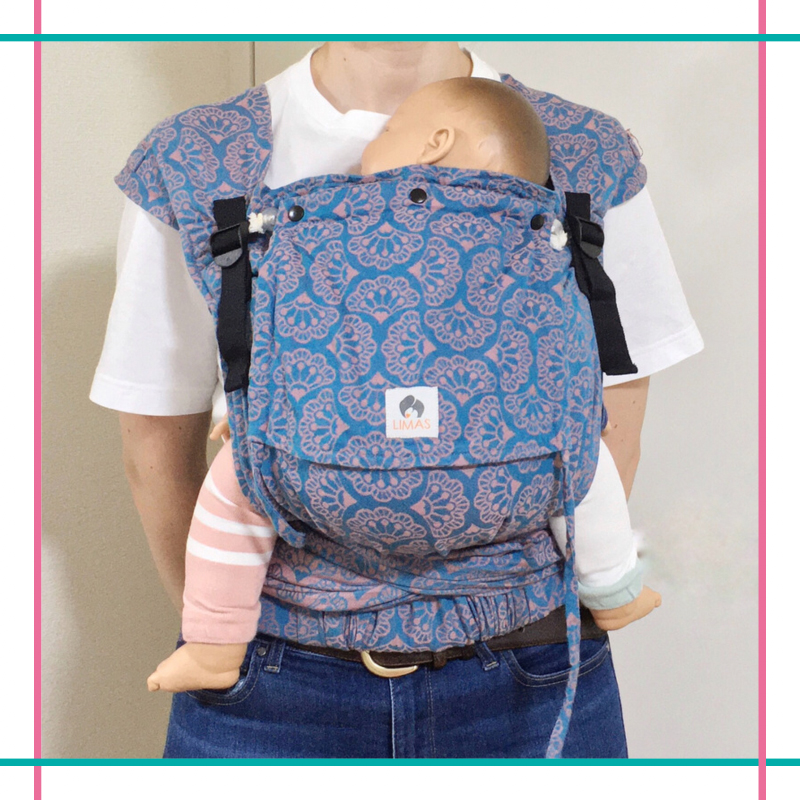
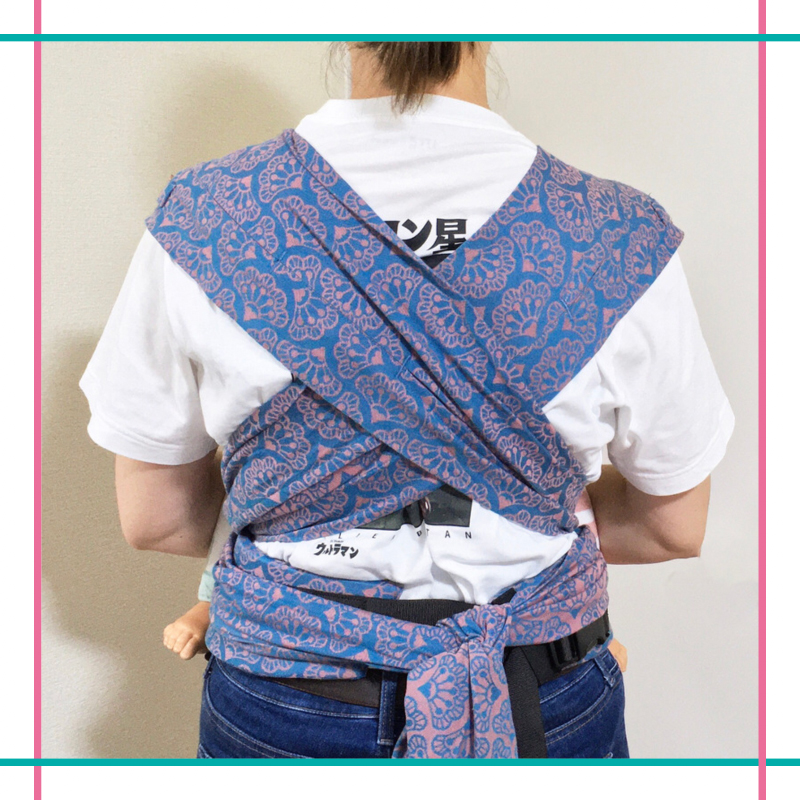
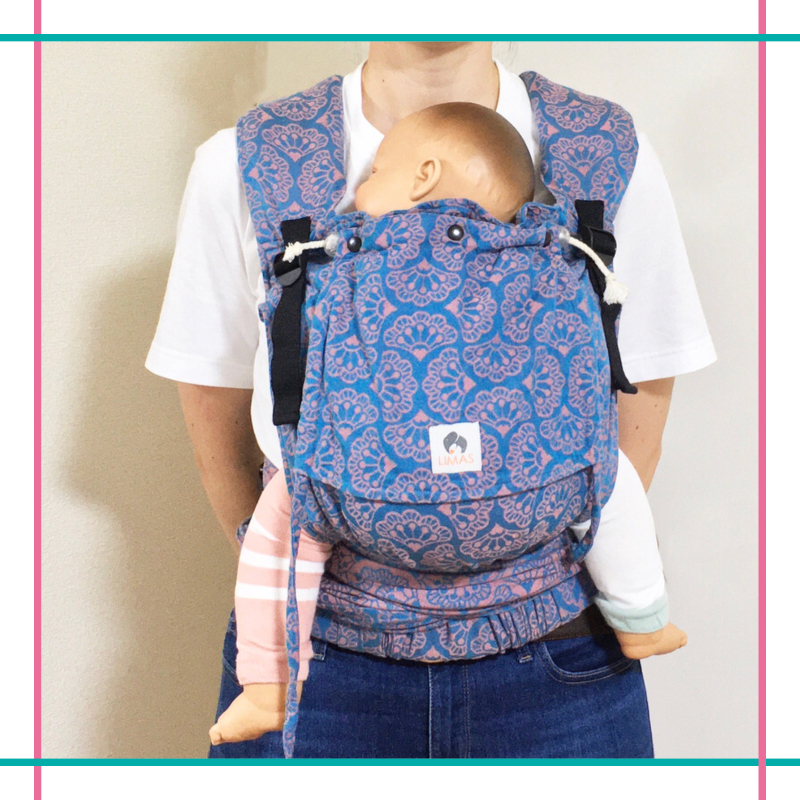
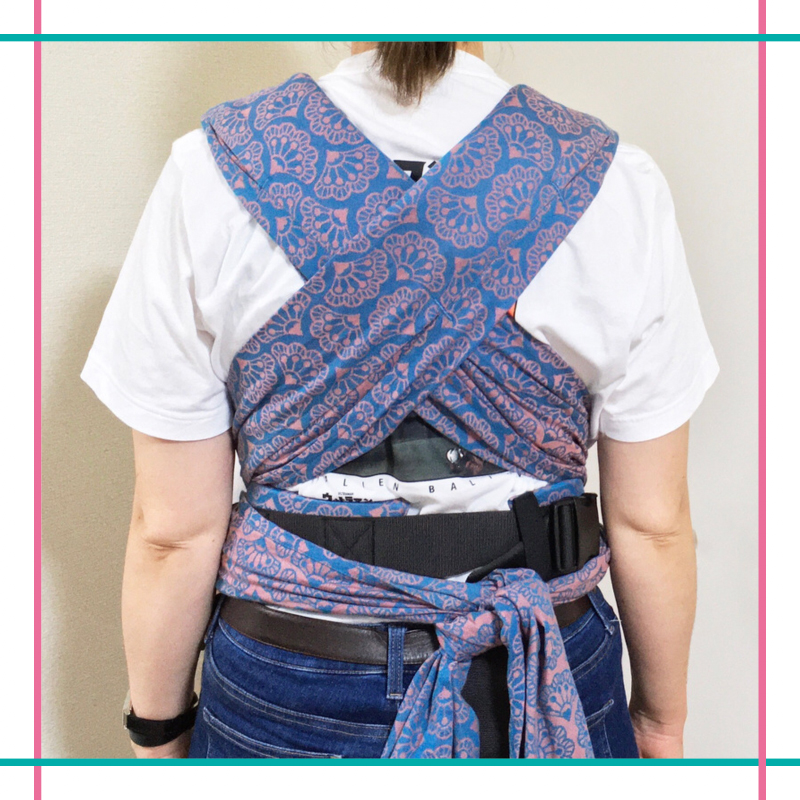
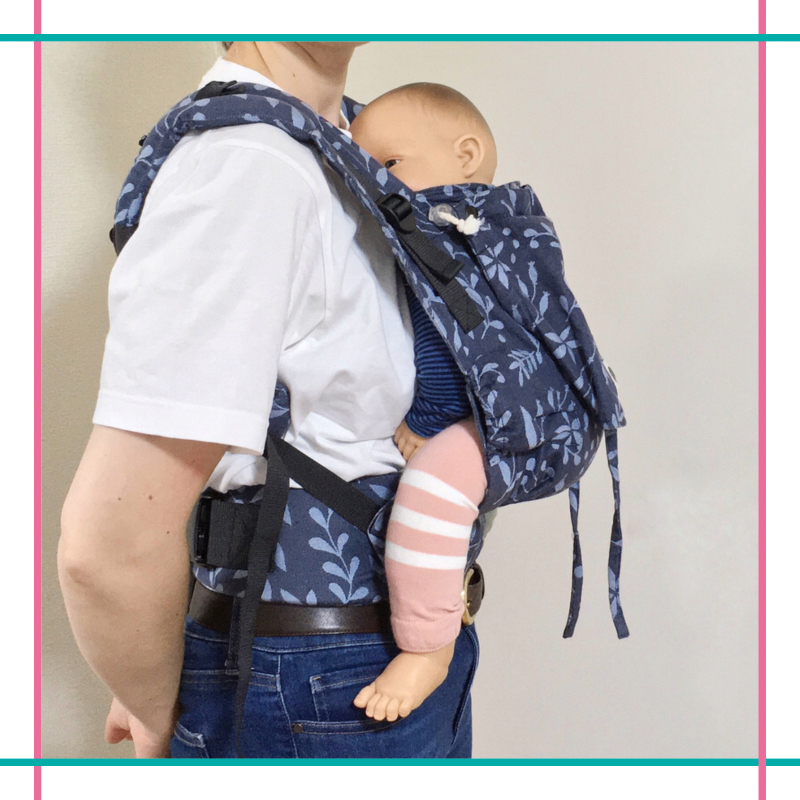
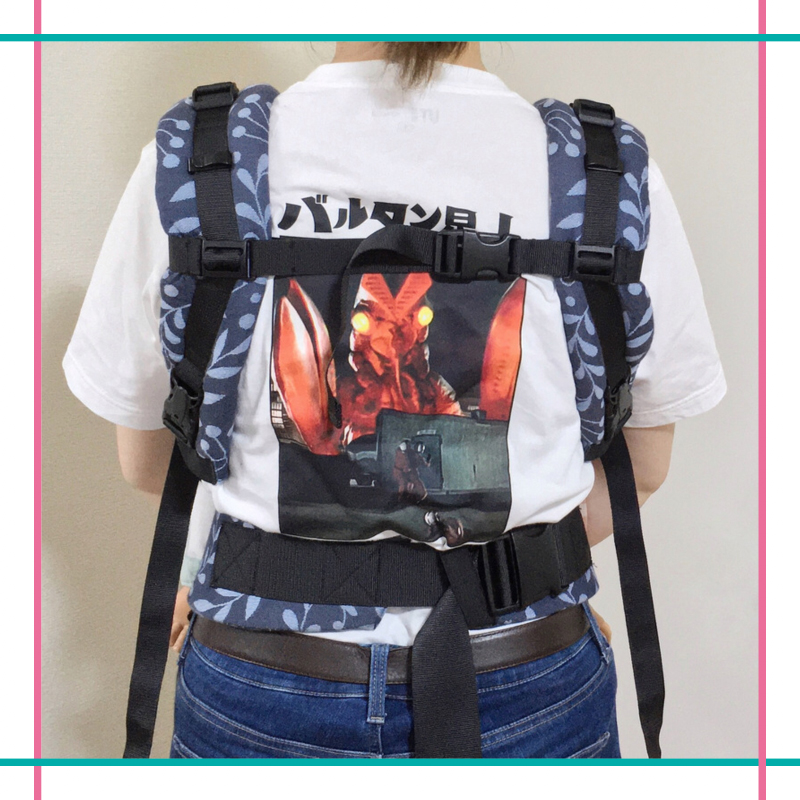
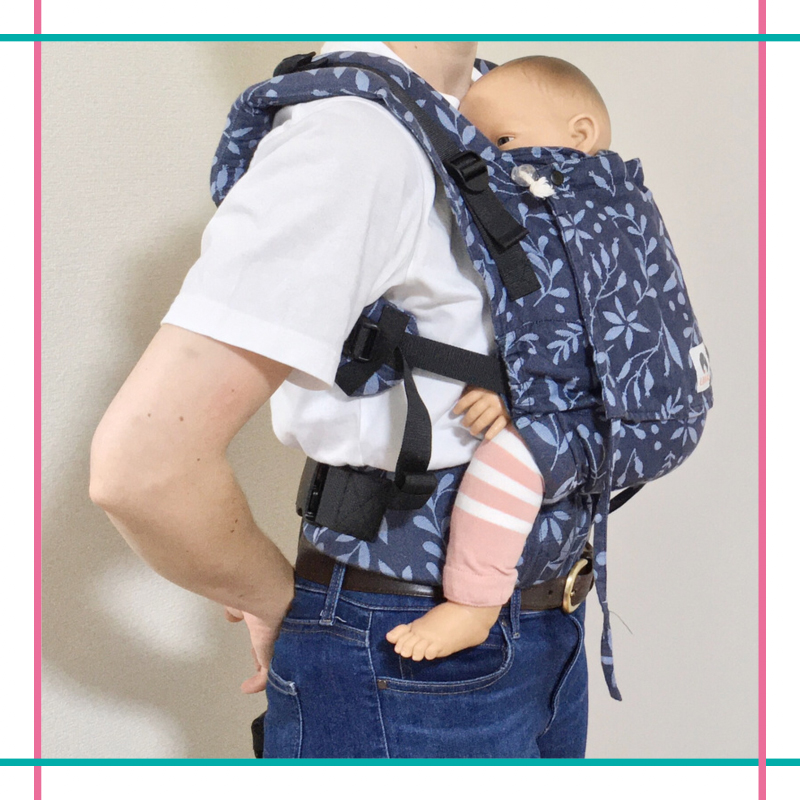
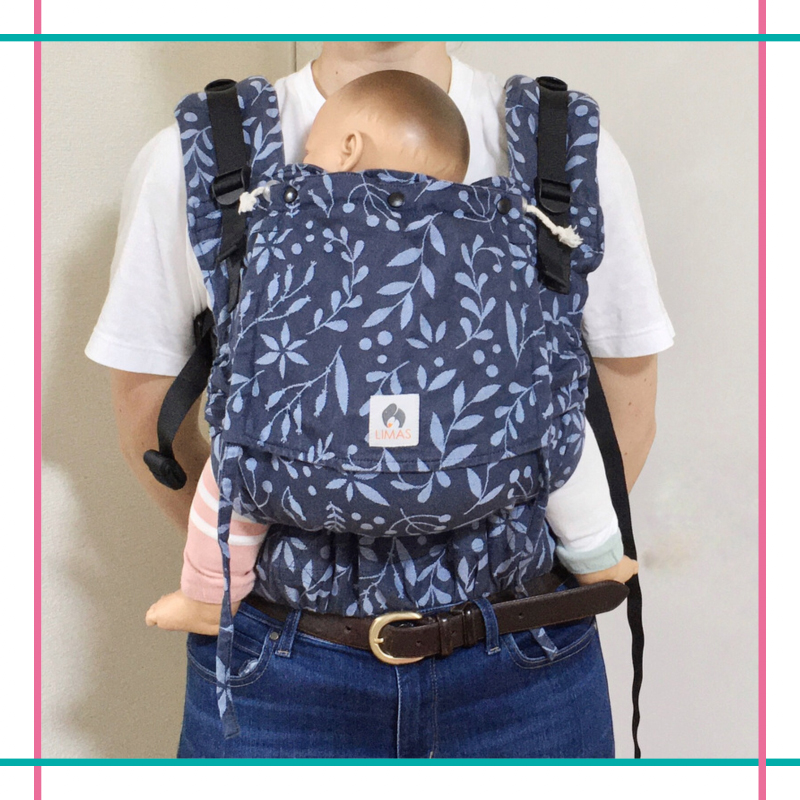


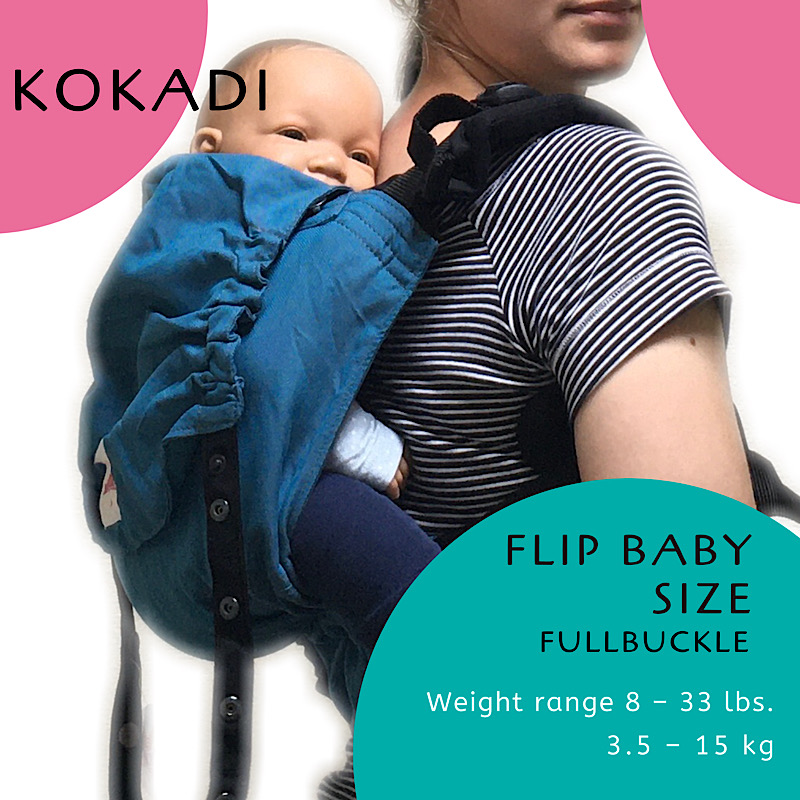
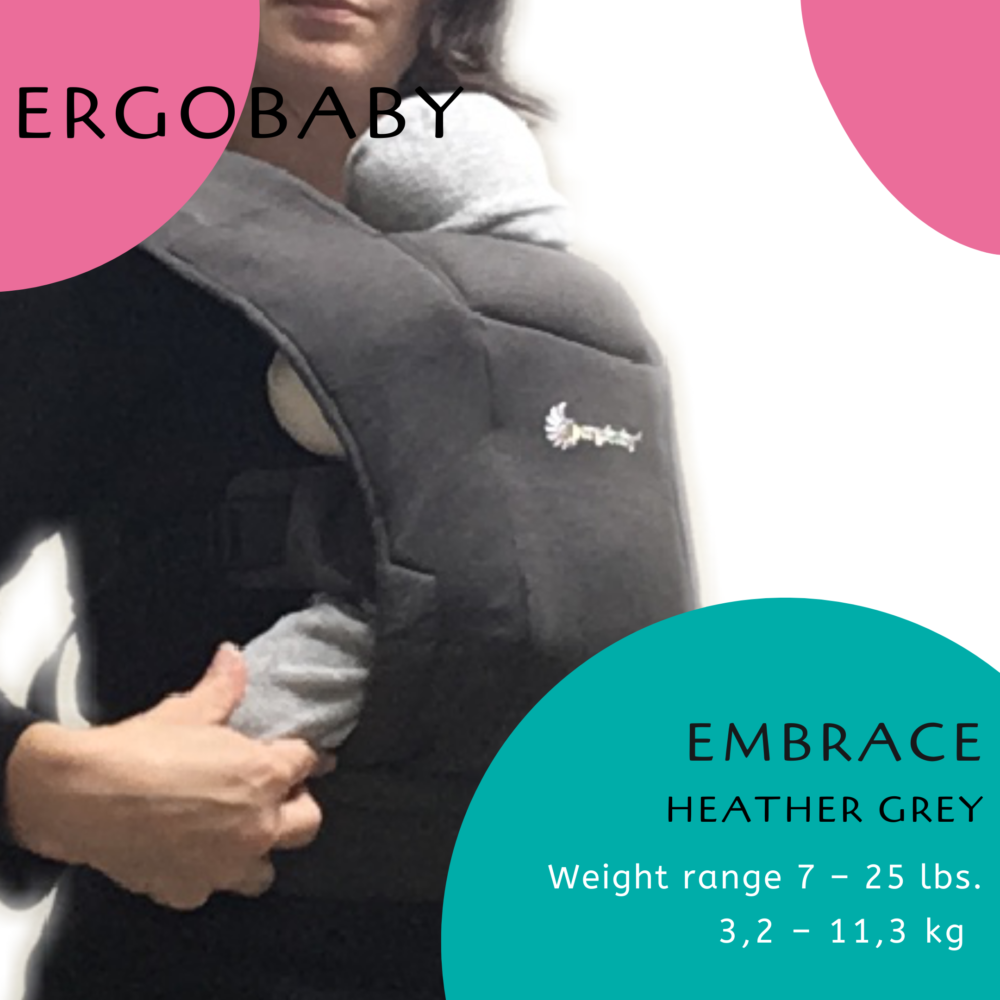
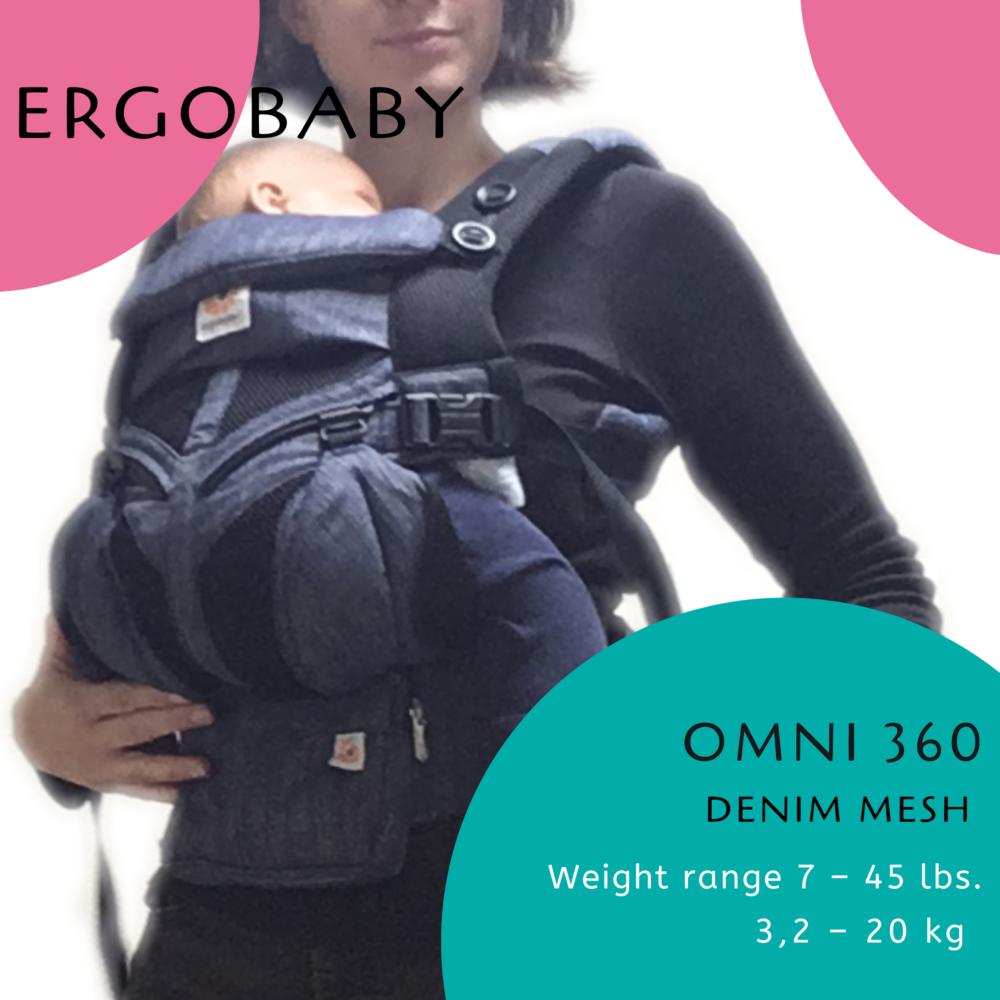
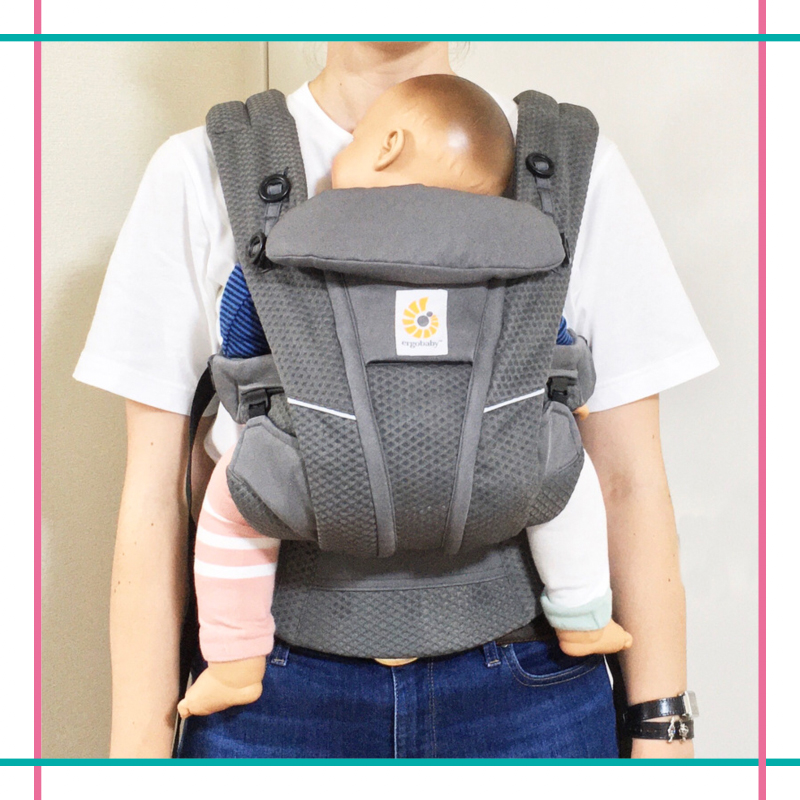
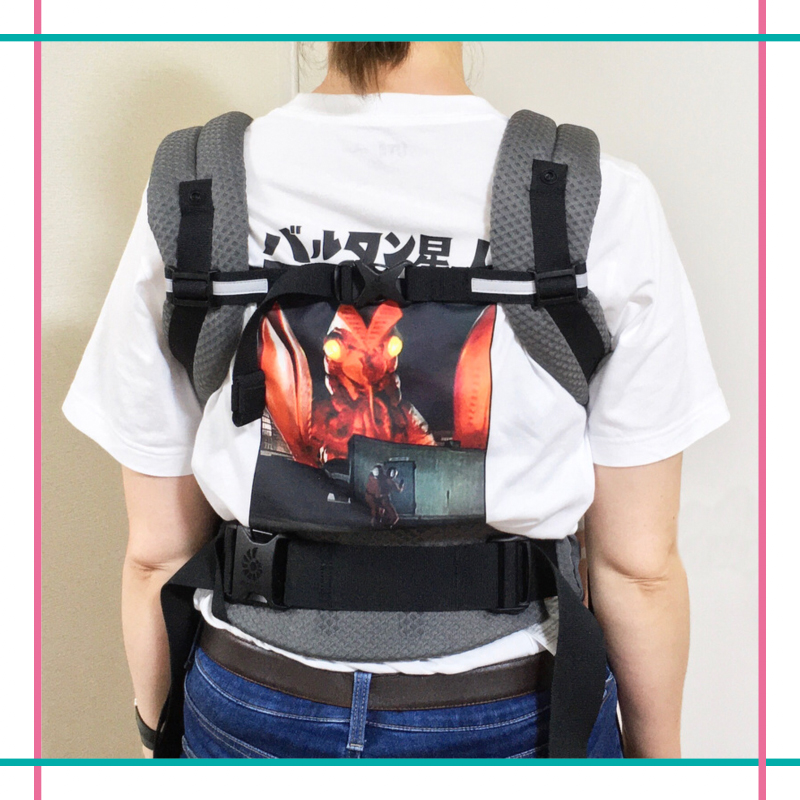
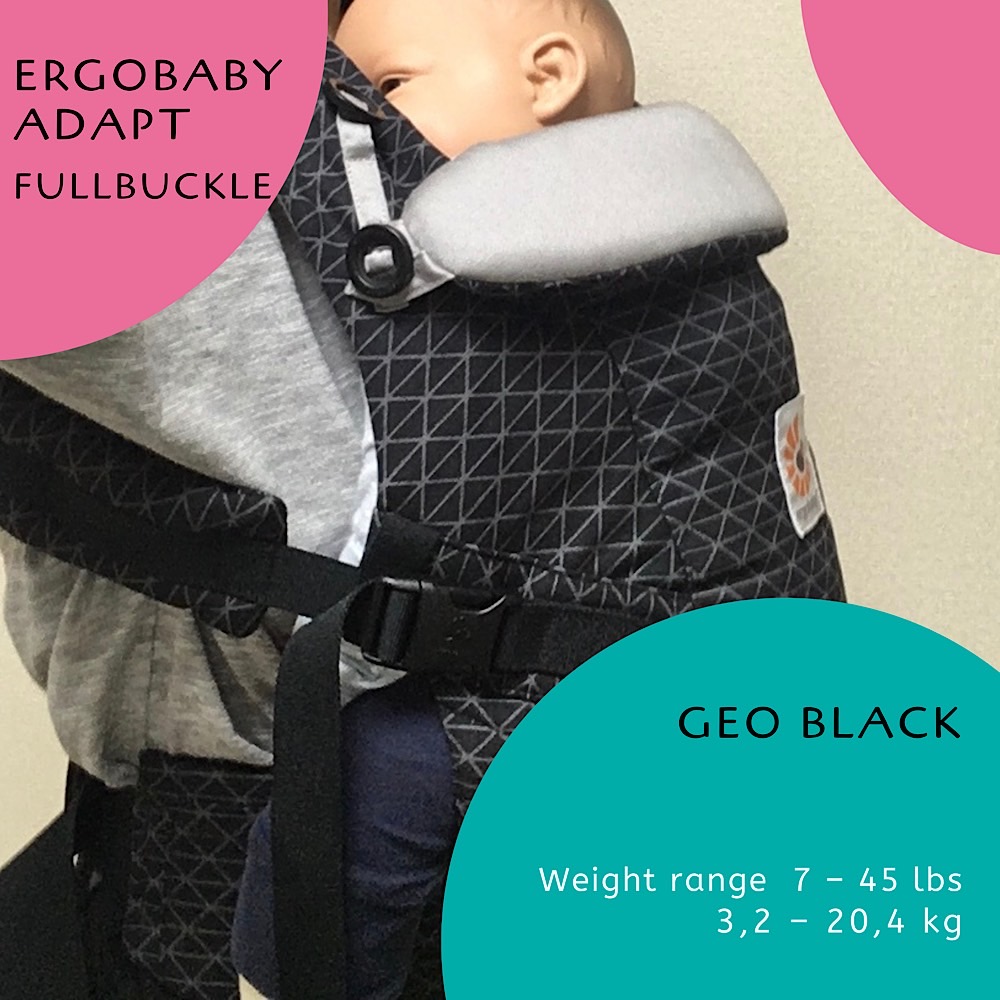
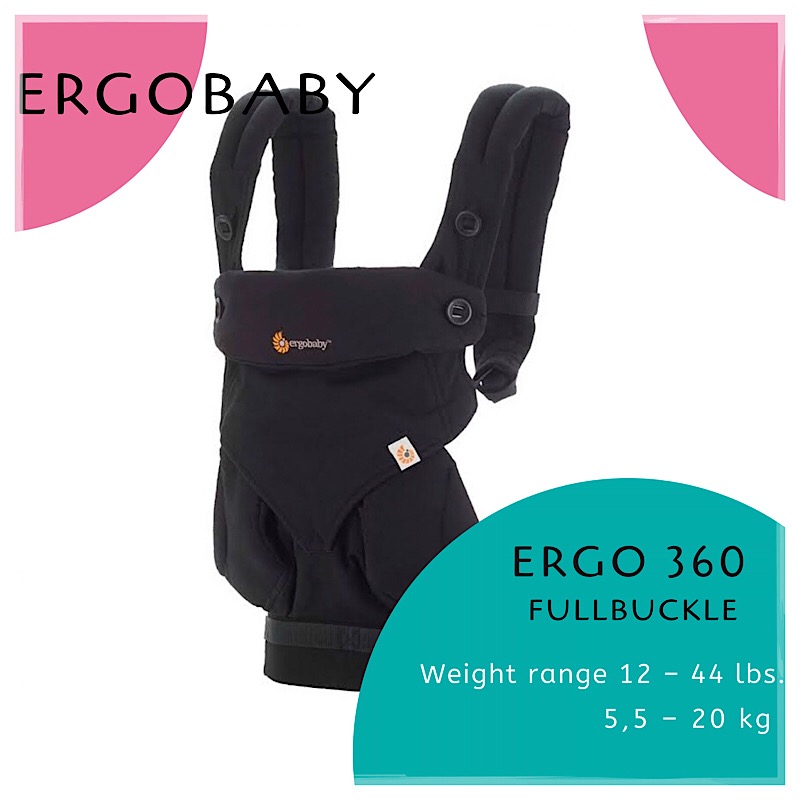
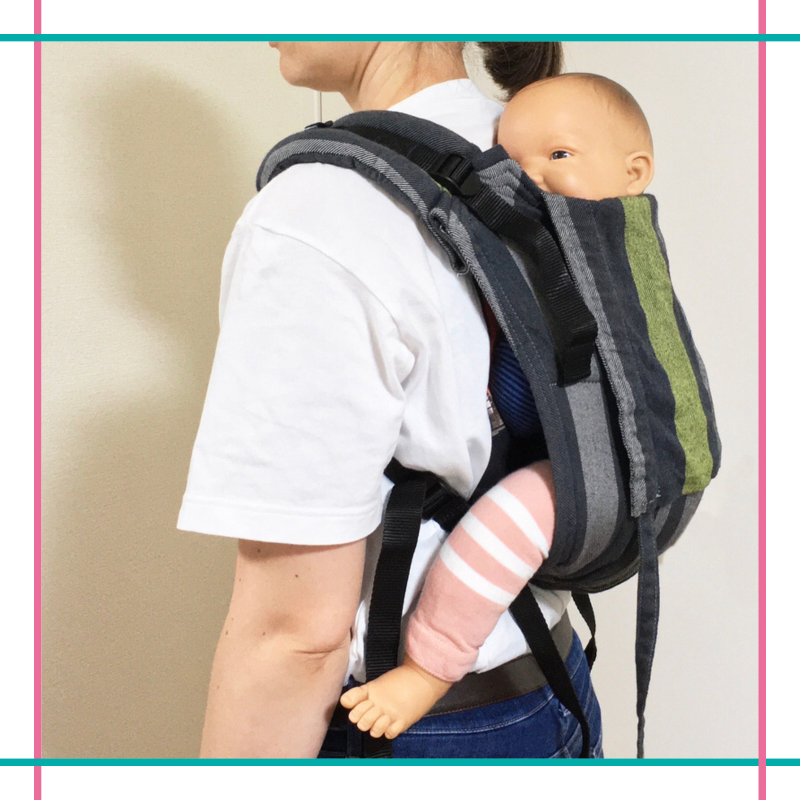
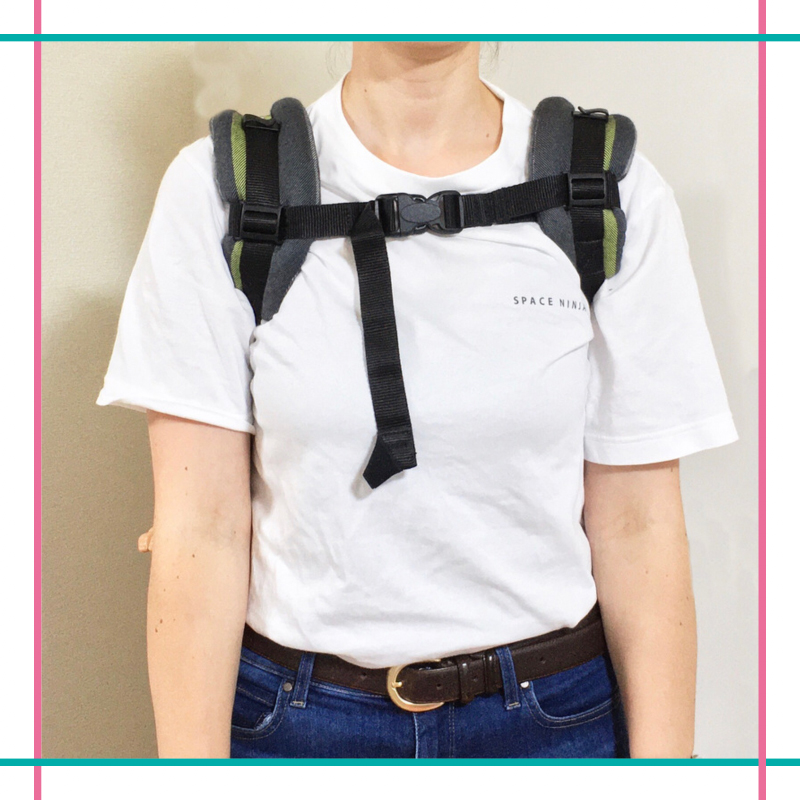


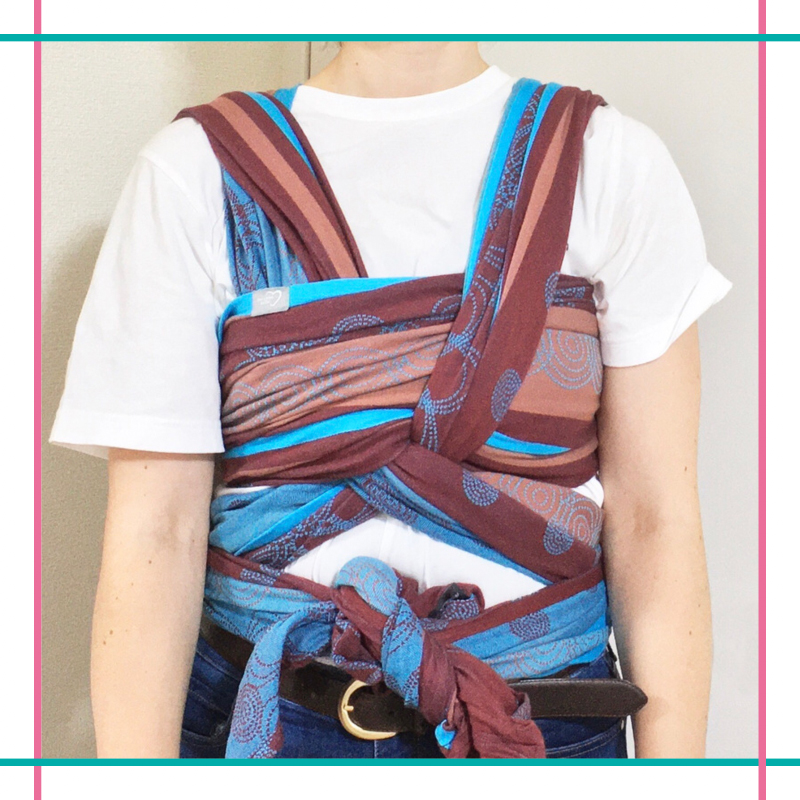
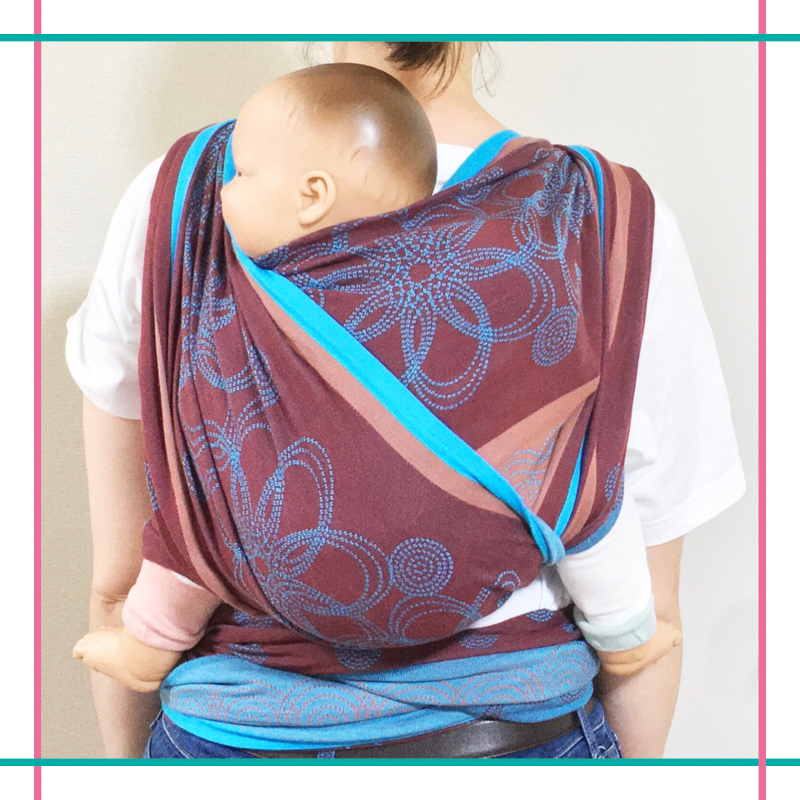


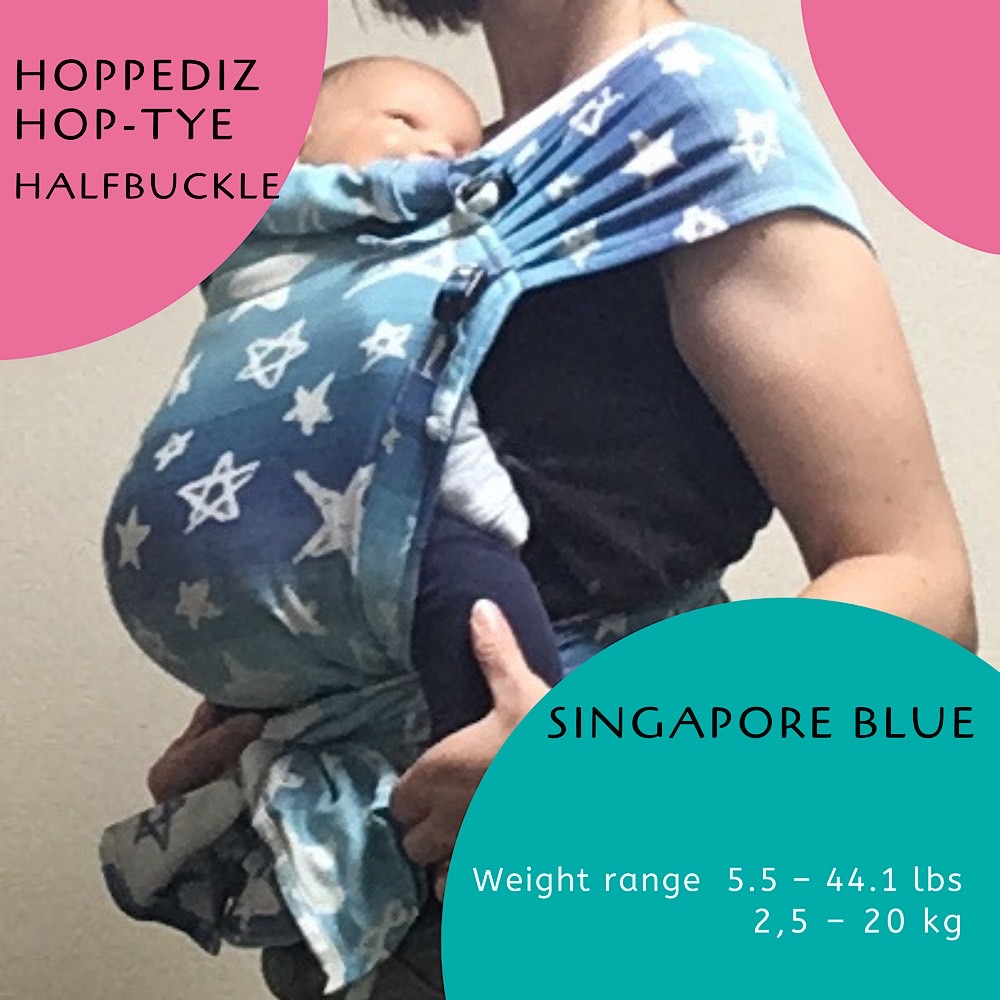
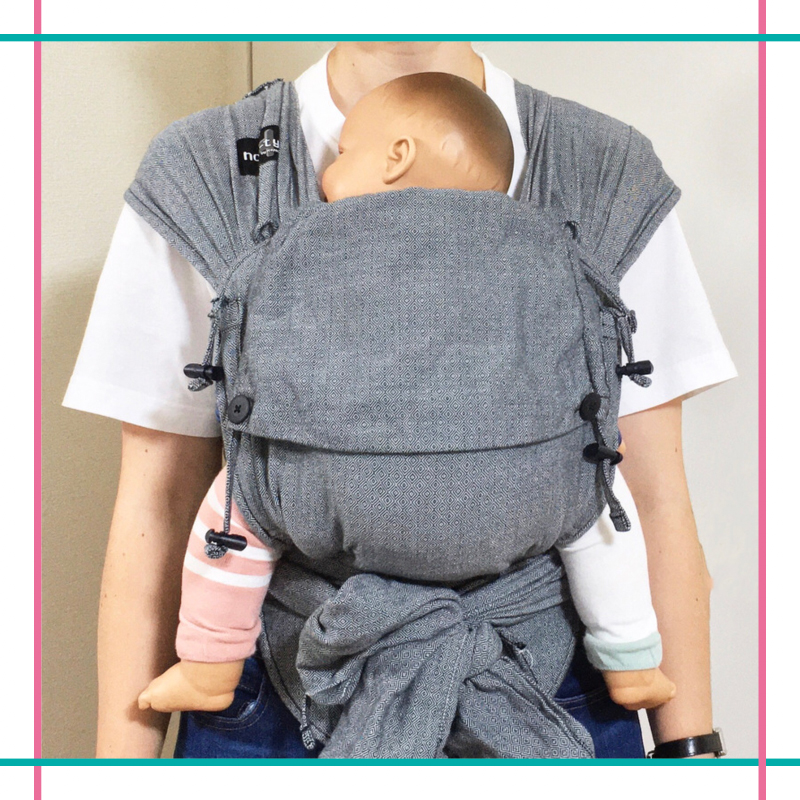
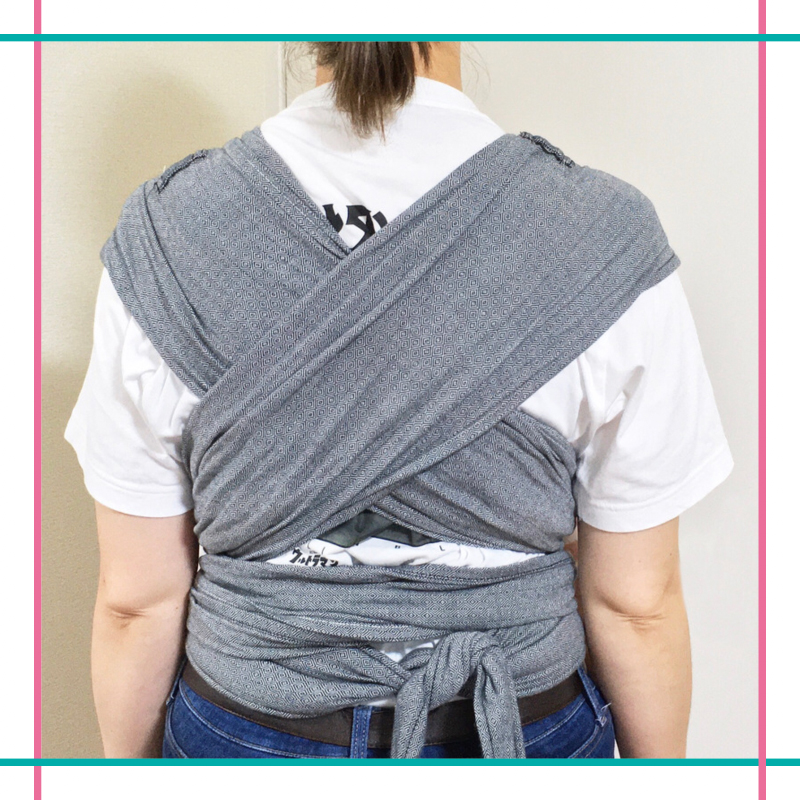
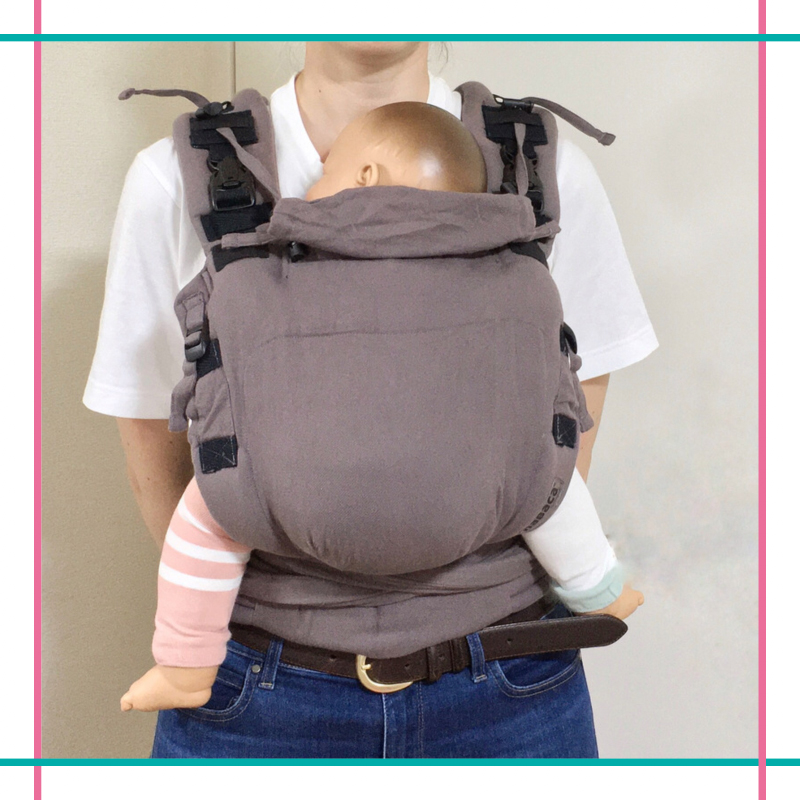
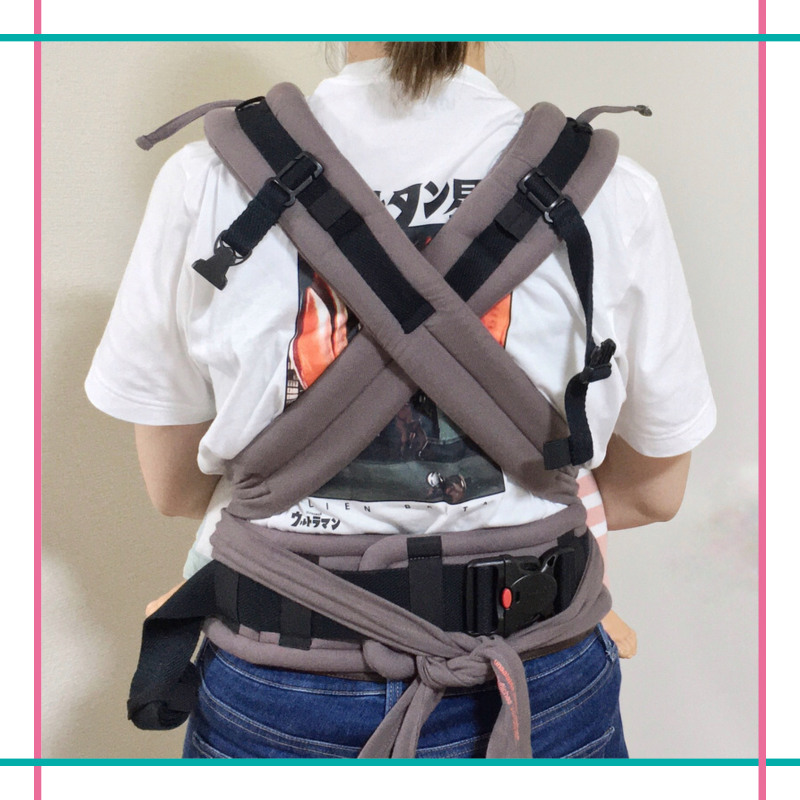

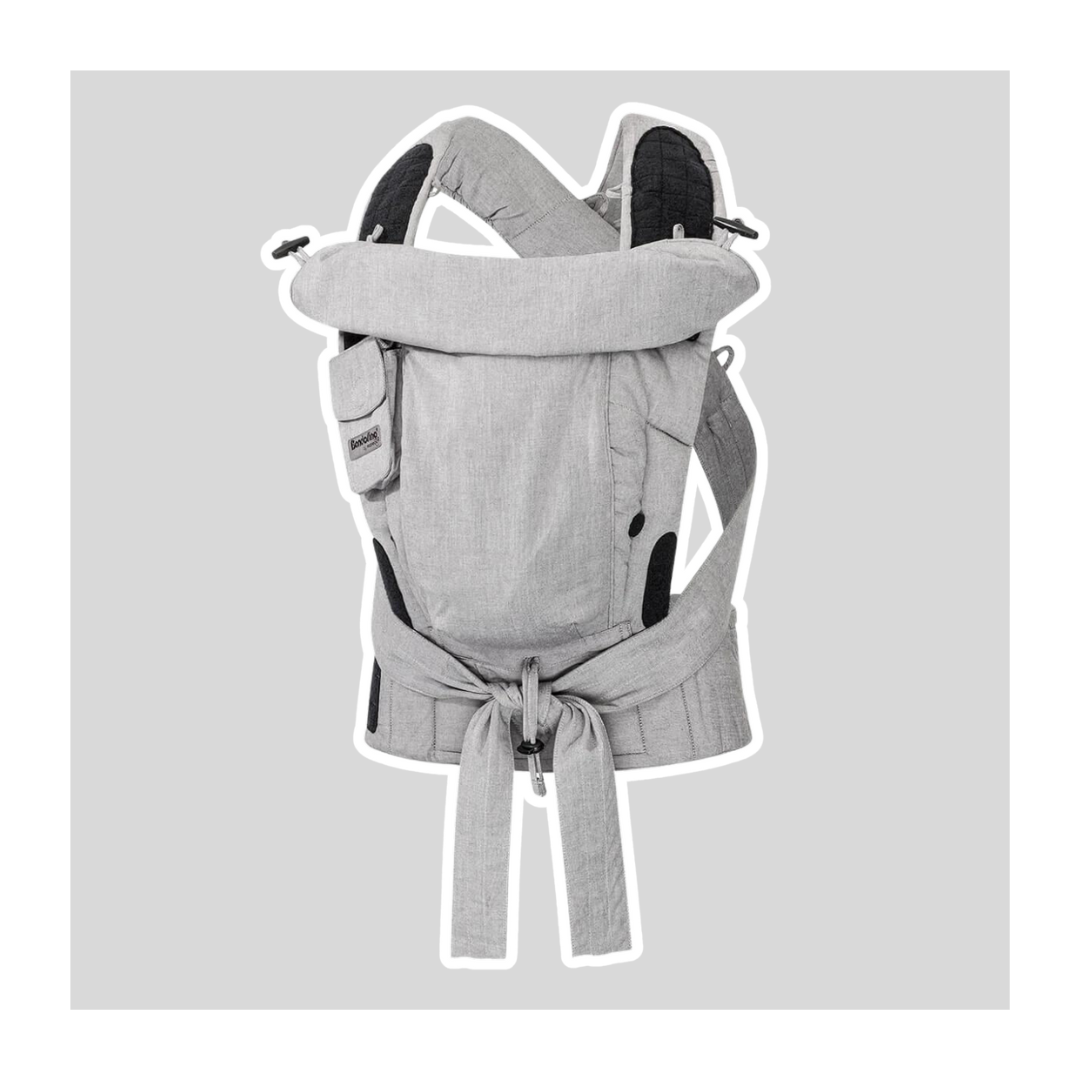
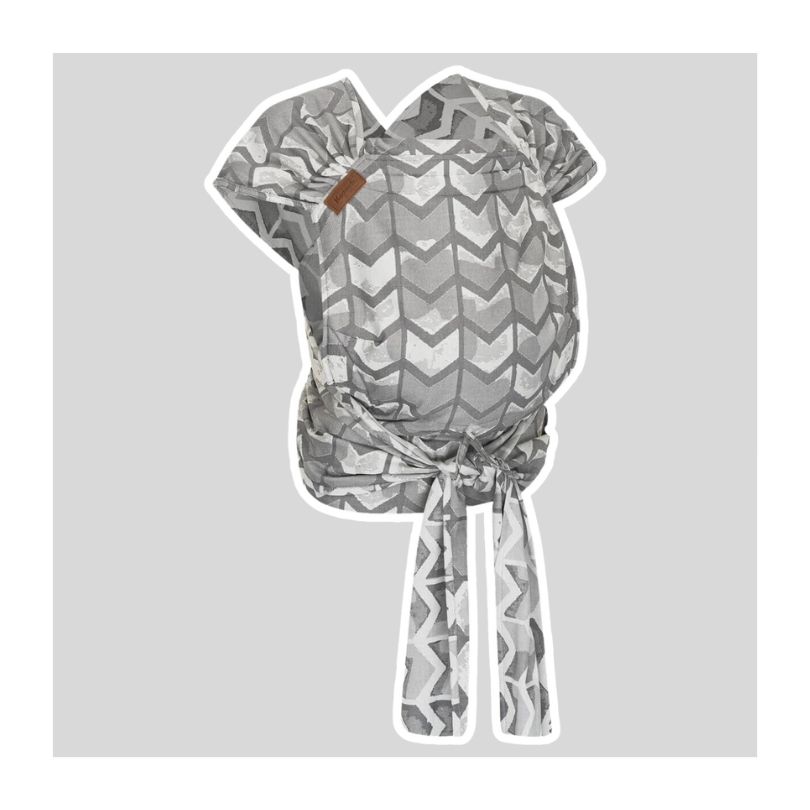
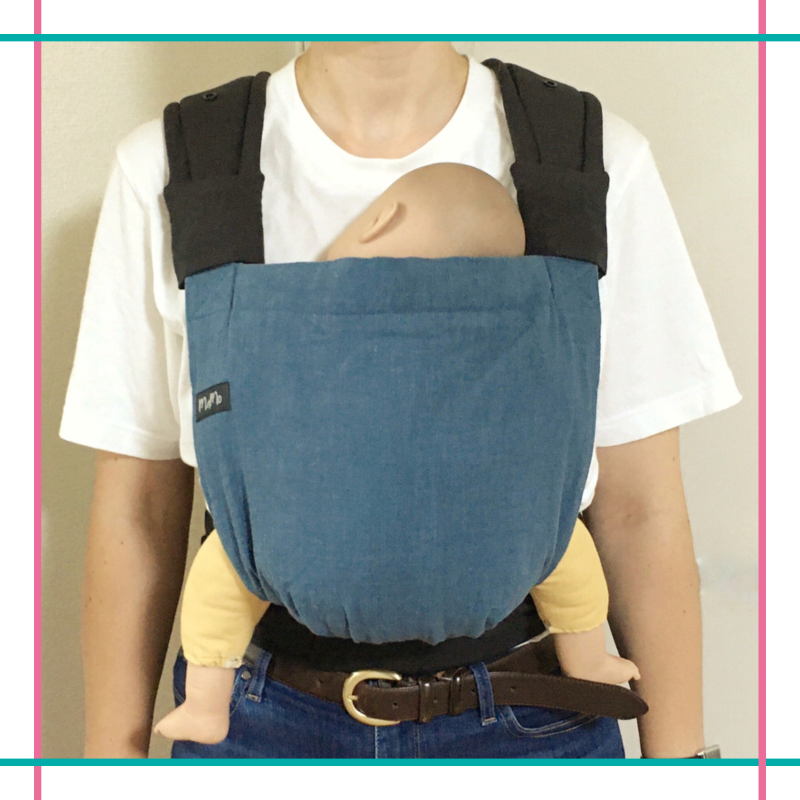
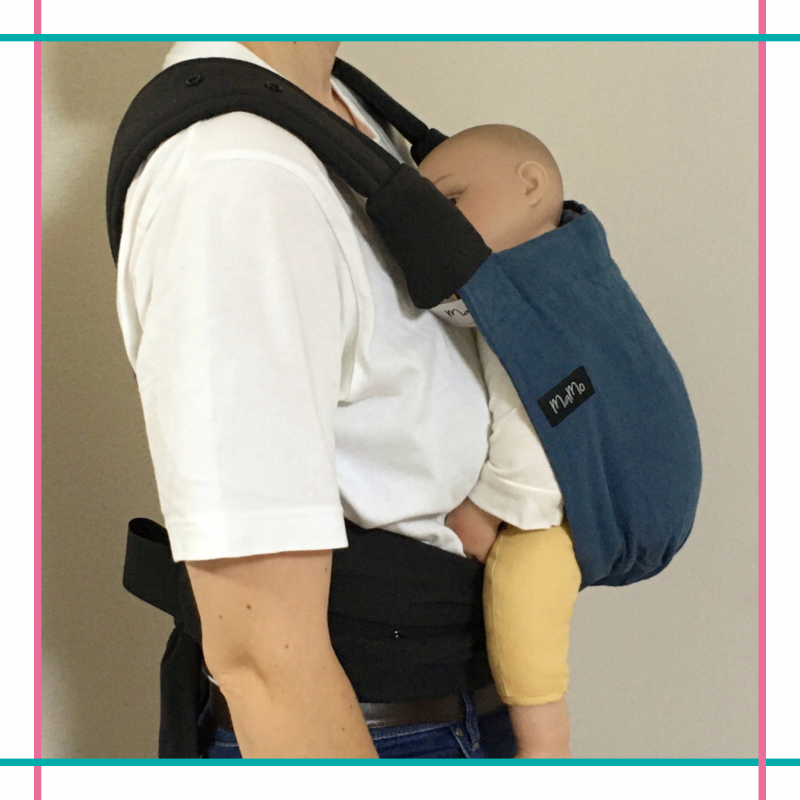
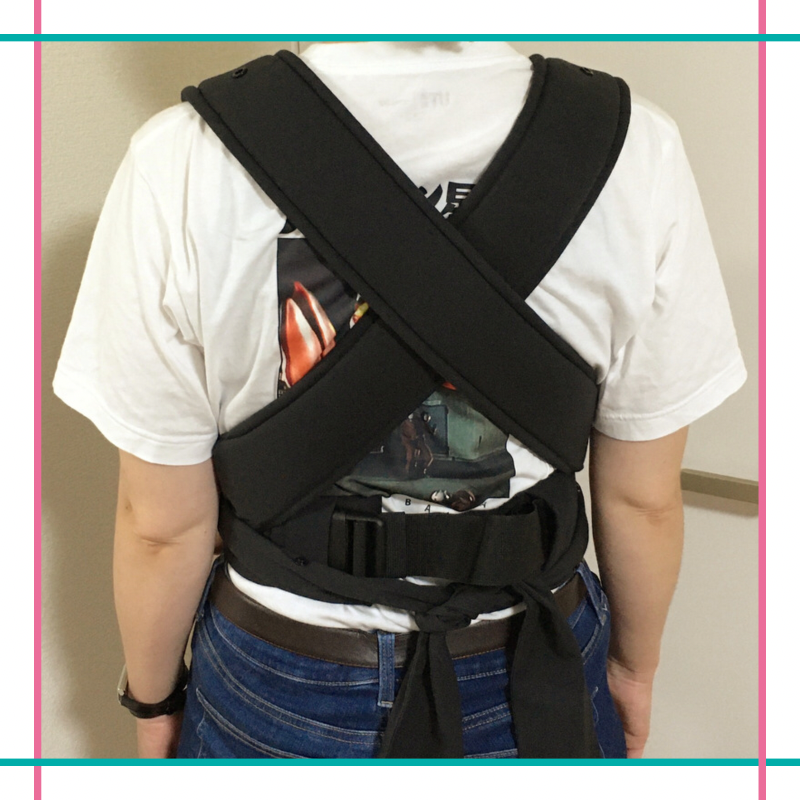
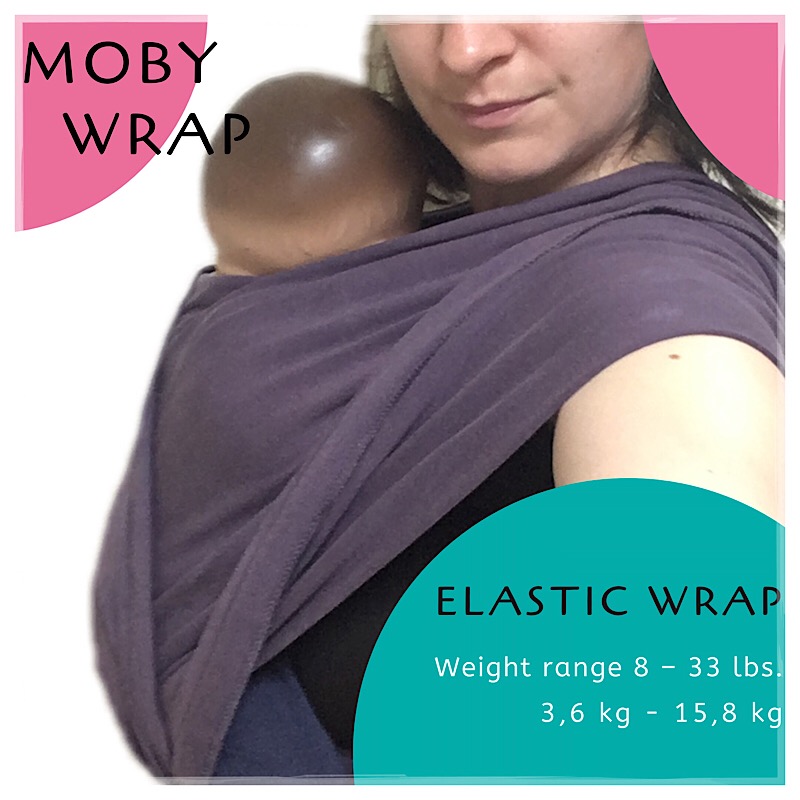
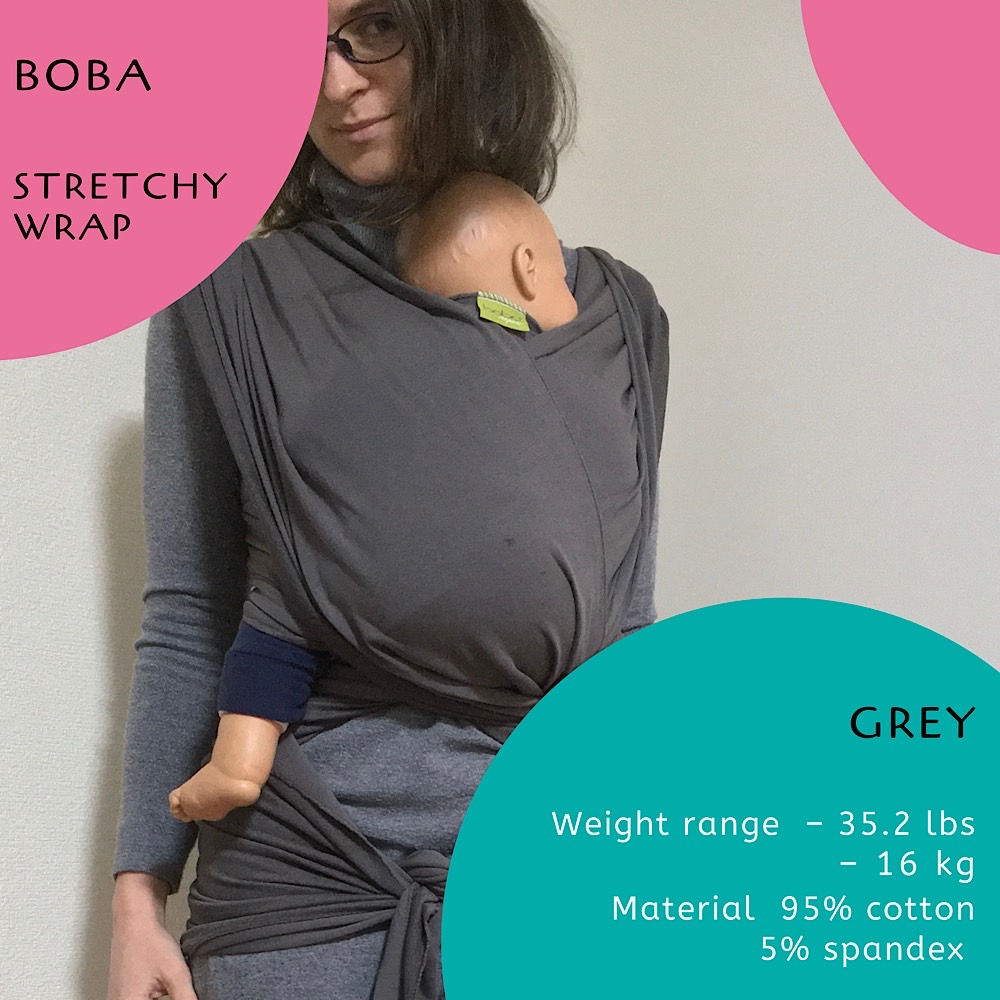
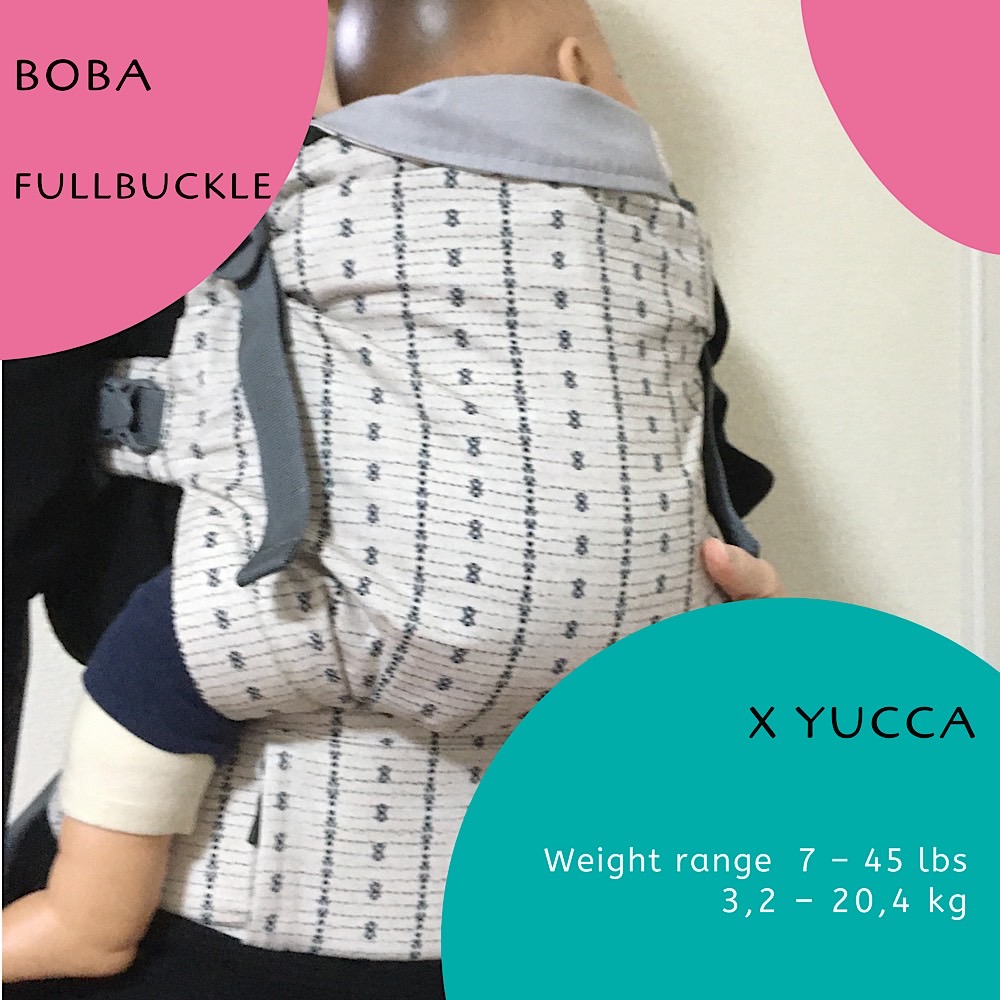


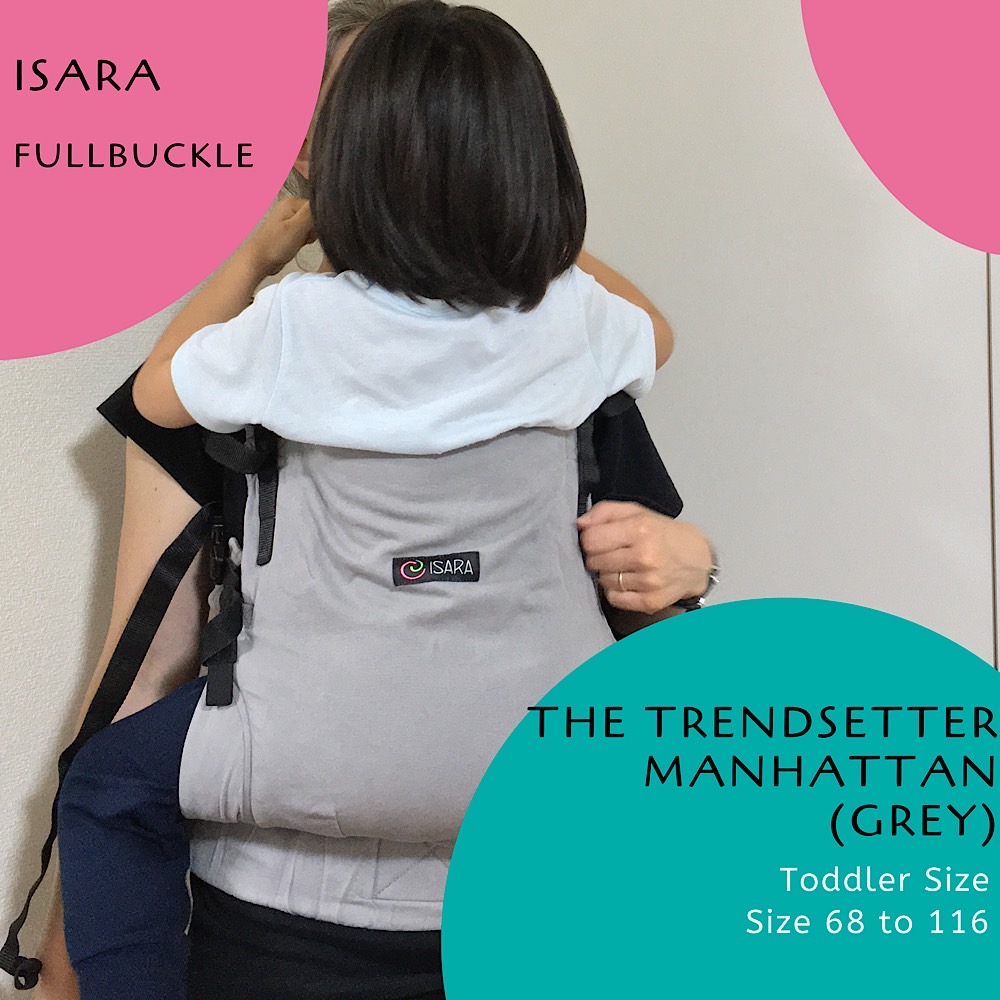

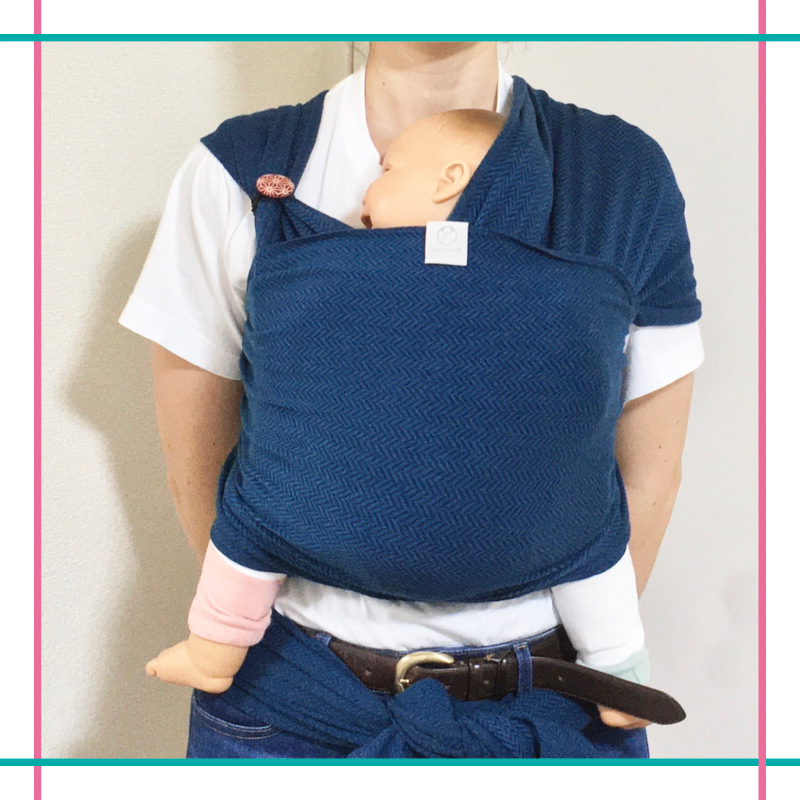
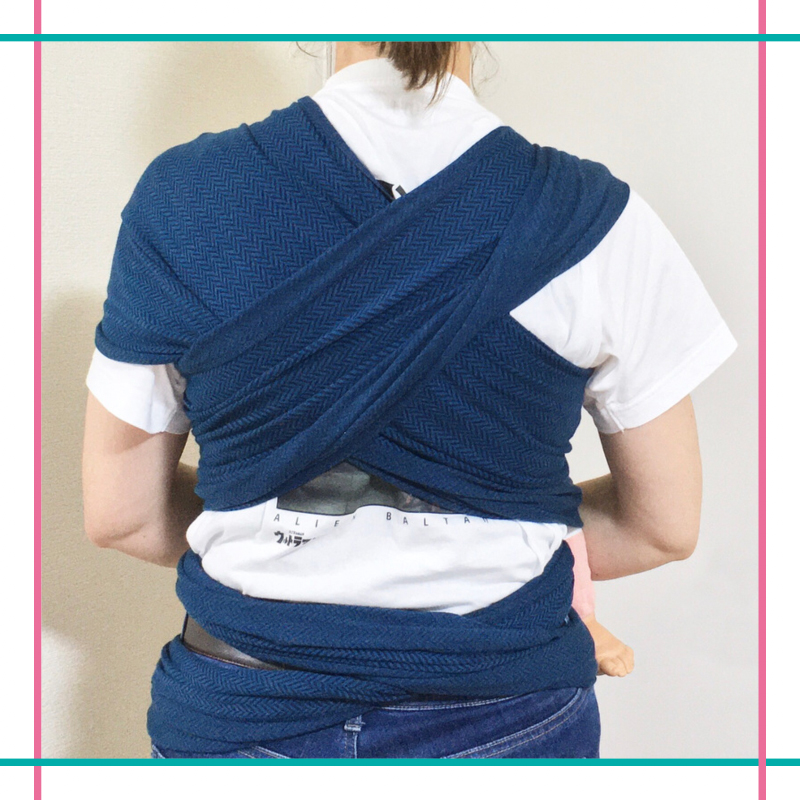

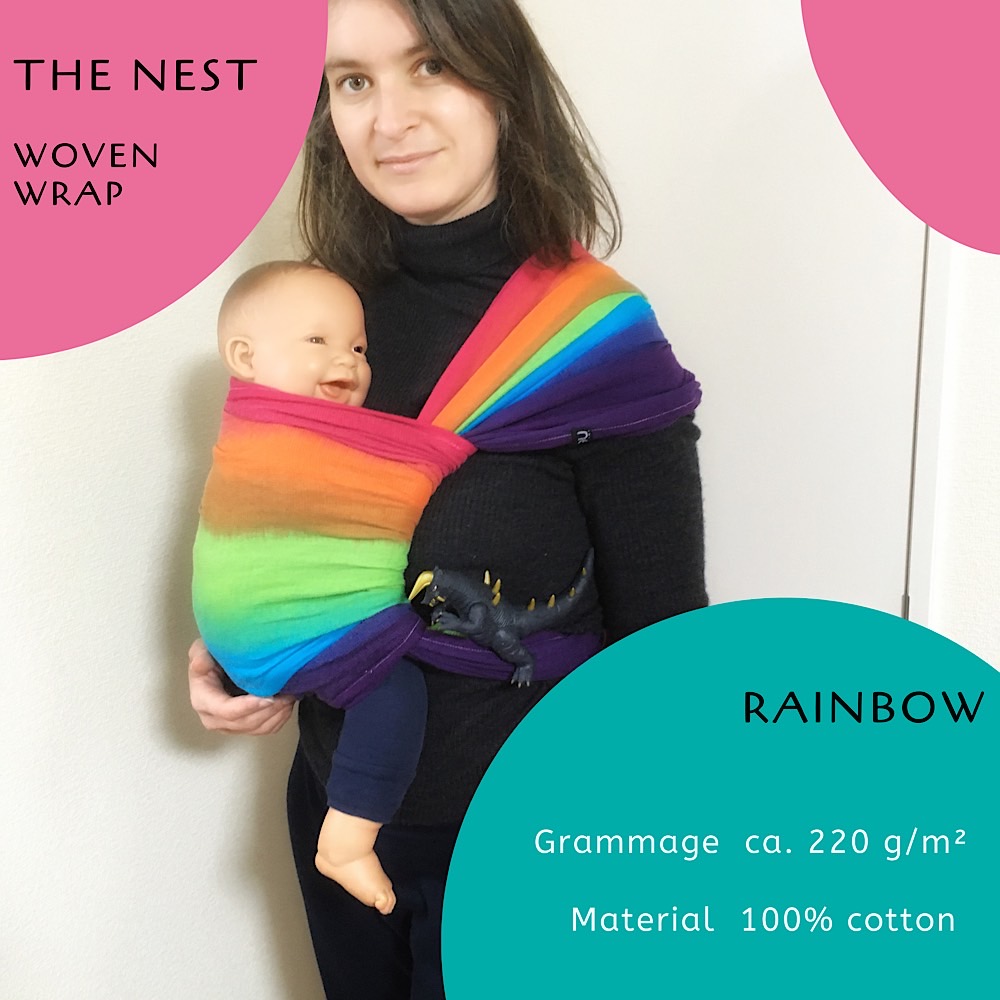

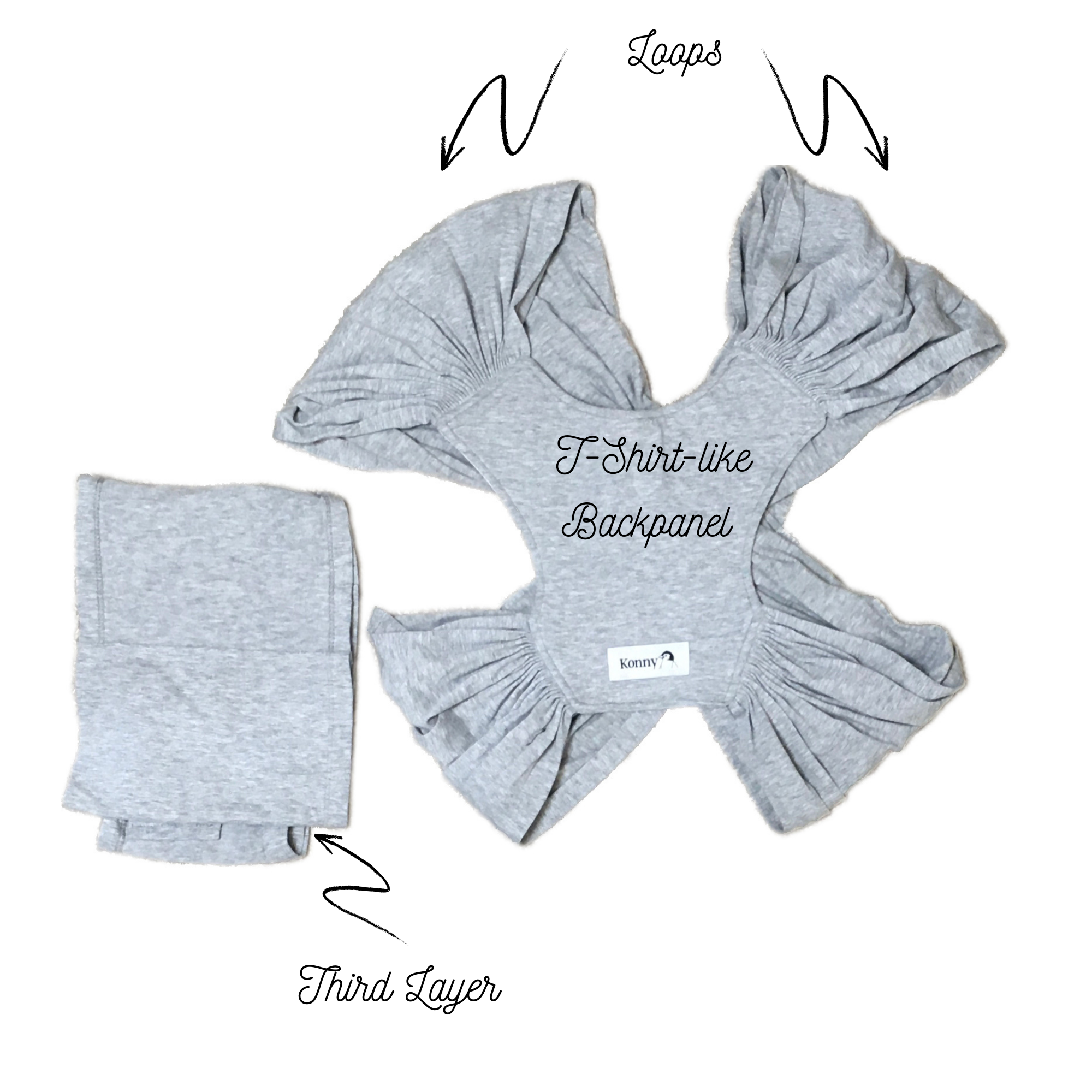 Design: Grey
Design: Grey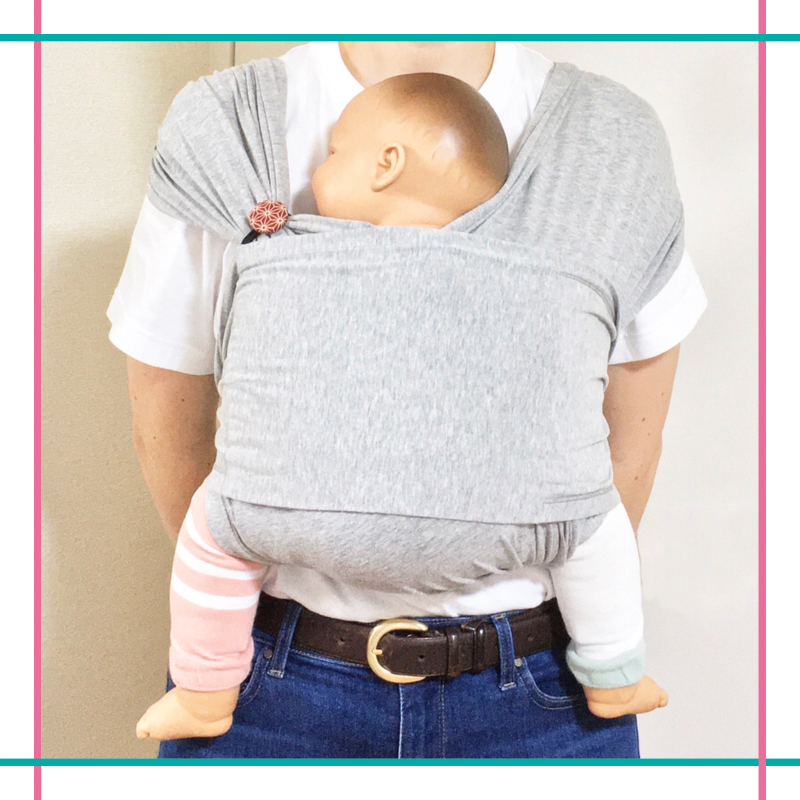
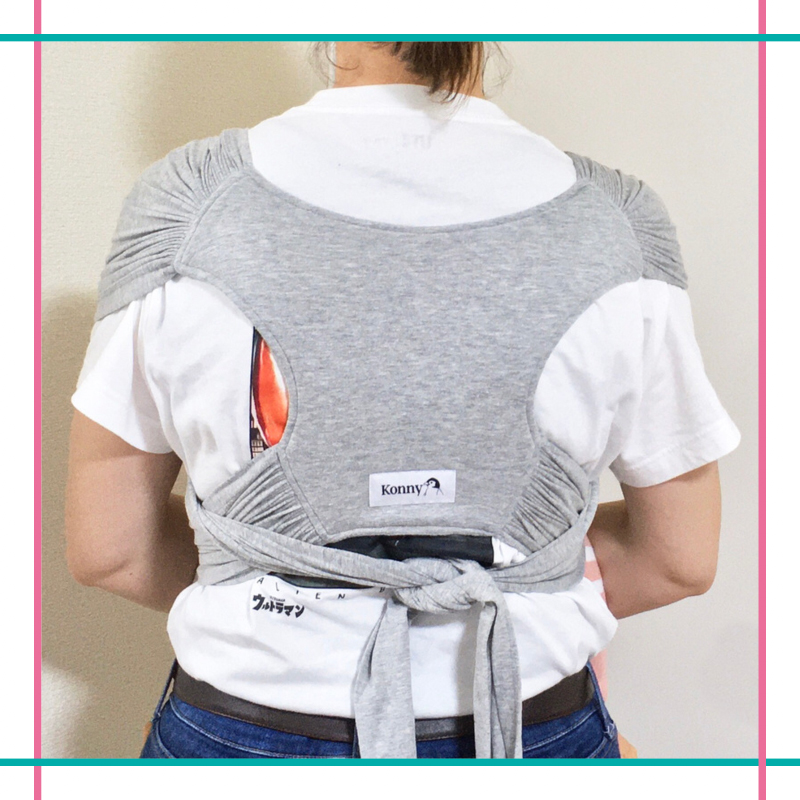
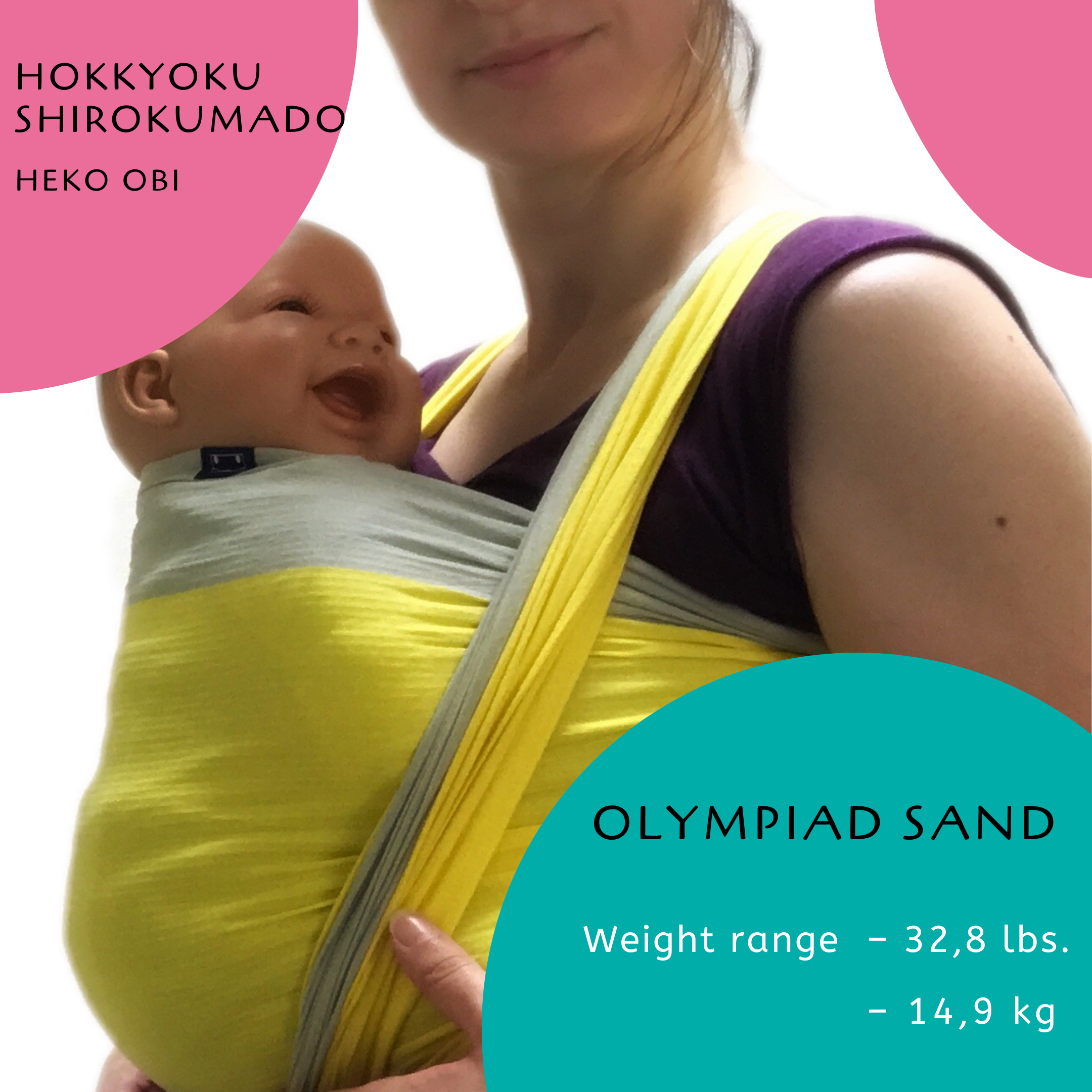
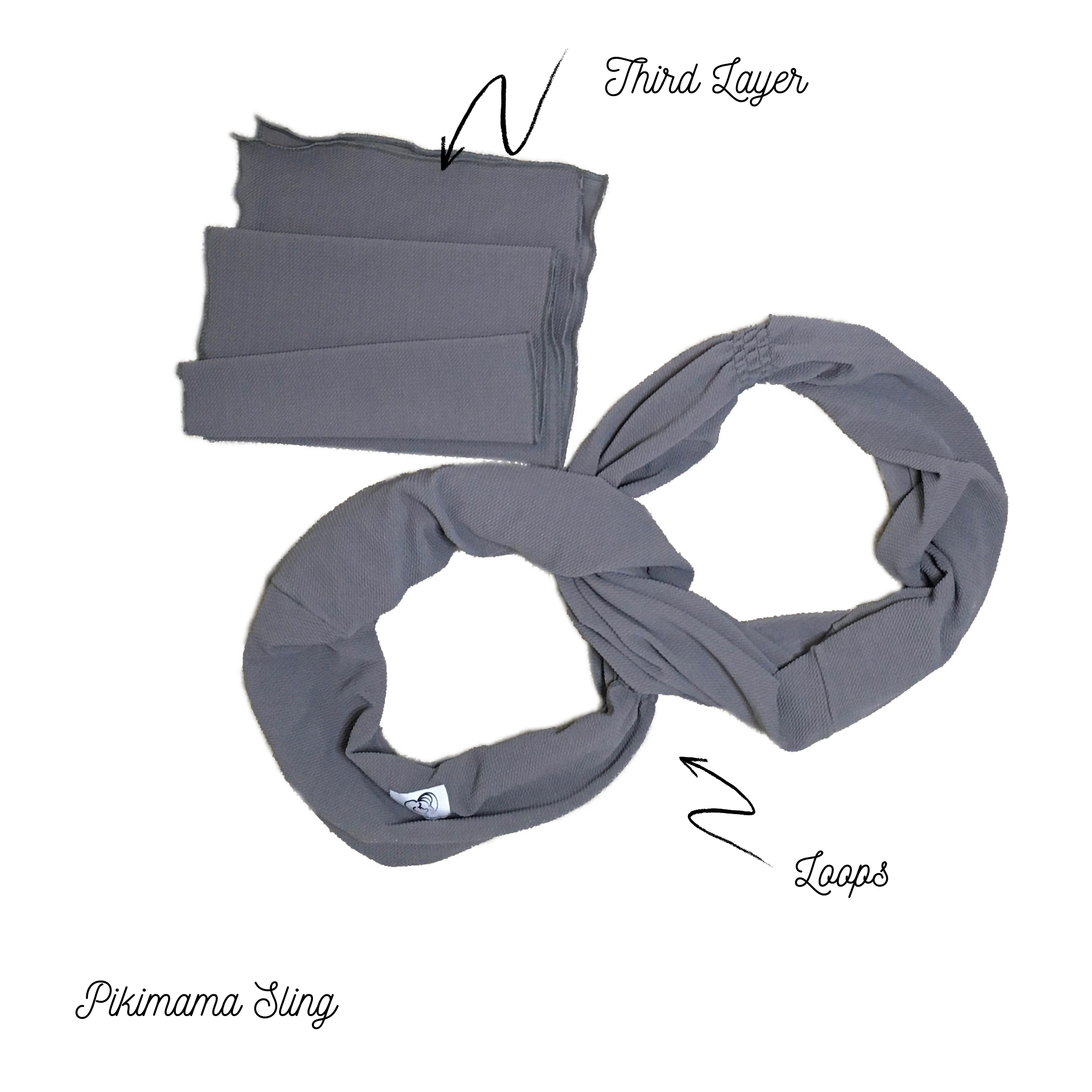 Design: Grey
Design: Grey